|
Me Sahyadri |
|
November 2018 |
|
Volume 5, number 22, # 76 |
|
Mysteries of Maval Caves – Bhamchandra Caves |
Please use minimum 1280 pixel horizontal screen resolution for viewing. Please be patient while all the images in webpage are loaded. Please do not use the images for any commercial use without permission. Text in Marathi and English is not exact translation. Please give sufficient time to allow the photographs to load. Special thanks to all those who helped me during the compilation and for the help and guidance during the activity. |
|
|
|
|
देशाची आर्थिक प्रगती व्हावी असे सर्व नागरिकांना वाटणे सहाजिक आहे. अर्थकारणामुळे मिळणारा रोजगार, समृद्धी यासाठी सर्वांनाच आर्थिक प्रगती हवी हवीशी वाटते. आर्थिक प्रगती होताना, त्याचा दिर्घकाळात समाजावर, निसर्गावर, वातावरणावर दुष्परिणाम होणार नाही याची काळजी घेणे महत्वाचे आहे. मनुष्याच्या भावी पिढ्यांना पाणी, शुद्ध हवा, योग्य वातावरण मिळत रहावे अशी भावना मनात रुजणे महत्वाचे आहे. वाढत्या आर्थिक प्रगतीमुळे नैसर्गिक संपदेवर ताण येतो. प्रगतीसाठी प्रदुषण होते. जंगले, माळराने, व इतर अधिवास नष्ट होतात. वसुंधरेवर रहाणाऱ्या इतर जीवांचा मात्र मनुष्य फारसा विचार करत नाही. आर्थिक प्रगती करताना, मनुष्य निसर्गाची हानी करत आहे. मुळताच माणसाला निसर्गाचे महत्व समजणे हे सध्याच्या आपल्या प्रगत जीवनशैली मुळे अवघड झाले आहे. आर्थिक प्रगती, समाजाची प्रगती व निसर्ग संपदेची निगा, यांचा समतोल राखणे काळाची गरज आहे.
सह्याद्री (पश्चिम घाट) हा एक नैसर्गिक संपदेचा, वैविध्यतेचा, भौगोलिक व ऐतिहासिक ठेवा आहे. वाढत्या मानवी अतिक्रमणाचा, सह्याद्रीच्या विविध घटकांवर होणारा दुष्परिणाम भविष्यात आपल्यालाच धोका निर्माण करेल, यात शंका नाही. शुद्ध पाणी, हवा व उर्जा, भावी पिढीला मिळण्यासाठी, नंद्यांचे उगम असलेला सह्याद्री व त्याभागातील जंगले टिकवणे महत्वाचे आहे. सह्याद्रीच्या महत्वाच्या घटकांचे महत्व छायाचित्रांद्वारे प्रकट करण्याचा मी येथे प्रयत्न केला आहे. येथील पक्षी, प्राणी, वनस्पती, अधिवास, किल्ले व लेणी अशा विविध विषयांबद्दल आपण समजुन घेऊ.
|
|
As the economic development has taken the center stage, the balance between the environmental sustenance and socio economic development will be under the scanner. As most experts with balanced views have proclaimed, Indian wildlife and ecological system sustenance will be under threat, unless precautions are taken with the help of appropriate research and long term national interests. As we encounter the economic development, many habitats which indirectly or directly help sustainable development will be damaged. The awareness to gauge the success by sustainable development and not by year to year growth is a distant dream any environmentalist will assume in current scenario.
Western ghats, or Sahyadri as we all call it as, is a treasure trove of spectacular landscapes, biodiversity, flora, fauna, some amazing geological wonders and man made monuments. With the increasing pressure from human encroachment, all these elements are under stress and in turn are under depletion. Western ghats should be left untouched by human beings, to protect their future generations from getting short of resources, such as water, energy and clean air. The important elements of western ghats, which need protection are highlighted in the new version of Photo journal, Me Sahyadri Magazine.
|
|
|
| |
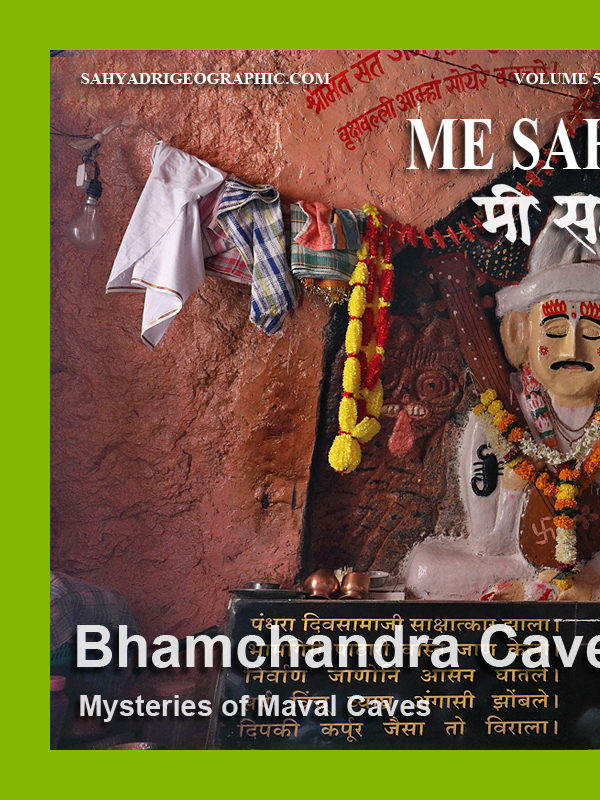 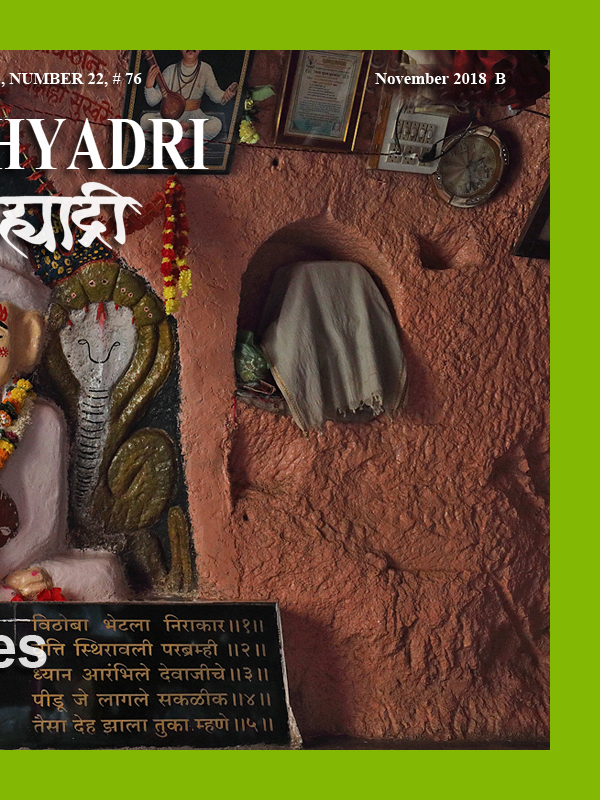
|
| |
| Me Sahyadri – November 2018 B
|
| |
|
|
मावळ लेणी मोहेमेचा सारांश :
मावळातील भाजे, बेडसे आणि कार्ले लेणी अप्रतिम आहेत. त्यामुळे या भागातील इतर लहान लेण्यांकडे फारसे कोणी फिरकत नाही. आम्ही चार समविचारी मित्रांनी मात्र या हरवलेल्या लेण्यांची शोधाशोध करण्याचे ठरवले. साईप्रकाश बेलसरे, निनाद बारटक्के, अमेय जोशी आणि विवेक काळे असा संघ तयार झाला. एकोणीसाव्या शतकात जेम्स बर्जेस आणि जेम्स फर्ग्युसन या दोन इंग्रज विद्वानांनी भारतातील लेणी धुंडाळली. त्यांनी १८८० साली "केव्ह टेम्पल्स ऑफ इंडिया" या पुस्तकाचे प्रकाशन केले. या पुस्तकात मावळातील लहान लेण्यांचा फारसा तपशिल नसला तरी, या मावळातील इतर लहान लेण्यांबद्दल ५-६ वाक्यांमध्ये आम्हाला त्रोटक का होईना माहिती मिळाली. त्यांनी उल्लेख केलेली, काही ठिकाण सापडली, तर काही ठिकाण काहीही केल्या सापडेनात. कदाचित न सापडलेली ठिकाण नष्ट झाली असावीत. पण मोहिमे दरम्यान नविन, ज्या ठिकाणांचा पुस्तकात उल्लेख नव्हता, पण ग्रामीण भागातल्या स्थानिकांना माहिती होती अशी ठिकाण सापडली.
जेम्स बर्जेस आणि जेम्स फर्ग्युसन या दोन इंग्रज विद्वानांनी लिहिलेल्या प्रत्येक शब्दाचा धागा म्हणुन वापर करायचे ठरले. कामांचे वाटप झाले.
शोध मोहिमेत लागणाऱ्या खाऊची सोय करणे, विषय आणि ठिकाणाचा आधी अभ्यास करणे, प्रवासाची सोय करणे, गावकऱ्यांकडे लेण्यांबद्दल चौकश्या करणे, मोहिमे दरम्यान गचपणातुन वाट शोधणे, लेण्याच्या अवशेषांची मोजमाप घेऊन त्याची चित्रे/नकाशे काढणे, छायाचित्रे काढणे, जि. पि. एस. यंत्रावर वाटेबद्दल माहिती नोंदवणे, लेण्यात लहान बारकावे शोधणे, लेण्यांचे विश्लेषण करणे, नोंदी करणे, अशी वेगवेगळ्या प्रकारची काम वाटुन घेण्यात आली.
प्रत्येक ठिकाणी जाताना, घरचा अभ्यास करावा लागला. जुनी पुस्तके, नकाशे धुंडाळले गेले. गावातल्या मित्रांची मदत झाली. गावागावात चौकश्या केल्या. गडद, लेणे, गुहा, कपार, भोगदा, विहार, पांडवांनी एका रात्री बनवलेली गुहा असे अनेक शब्द वापरुन चौकश्या झाल्या. बहुतेक वेळा असे काही नाही इथे ! तुम्ही कुठुन आलात ? असे उत्तर मिळाले. लेणे आहे का इथे कुठे असा प्रश्न विचारला तर आम्हाला बहुतेकांनी कार्ले/बेडसे/भाजे लेण्यांचा पत्ता दिला. पण बकऱ्या, गाई घेऊन डोंगरात फिरणारे गुराखी मात्र दरवेळेला मदतीला धाउन आले. वाटांचे आणि दिशांचे अंदाज मिळाले. जुजबी माहिती घेऊन ठिकाण शोधणे या प्रकाराचा चांगला सराव झाला. कधी काटेरी करवंदींच्या खालुन खुप सरपटाव लागल तर कधी घसाऱ्यावर हात टेकावे लागले.
लेण्यांमध्ये मोठे कोळी (स्पायडर), कातळ पाली, वटवाघळ, मधमाश्या, पाकोळ्या, घुबडं भेटले. आमच्या मुळे त्यांना उगाच त्रास झाला, असा अपराधीपणा वाटला. प्रत्येक शोधमोहिमेला यश आलेच असे नाही. काही ठिकाण सापडली नाहीत. तर काही ठिकाण आमच्याच मनाचे खेळ आहेत असे लक्षात आले. बहुतांश ठिकाणी कोणत्या ना कोणत्या प्रकारची जोखिम होती. वटवाघळ, लेण्यातील धुळ, काळोख, मधमाश्या, काटेरी वनस्पती, घसारा, गुहेतील ऑक्सिजन चा अभावआणि इतर न दिसणारे धोके यावर मात झाली. मोहिमेसाठी, विजेऱ्या, जि. पि. एस., मोजपट्या, दोऱ्या, लेजर यंत्र, नकाशे, गुगल मॅप, जाळीच्या टोप्या या सर्व जंत्रीचा उपयोग झाला. एकूण मिळुन २० नविन अपरिचित ठिकाण/वास्तु पहायला मिळाल्या, मावळाचा भुगोल जरा अजुन नीट लक्षात आला. नविन प्रश्न पडले आणि नविन कोडी सोडवयाला मिळाली. तर्क वितर्क झाले.
|
|
About the Maval Cave exploration :
The main caves in Maval region are so significant that other small hermit caves are often overlooked. We as a team of four like minded friends, decided to explore the Maval region for these small hermit caves. We explored and found few beautiful places. The very concept of creating a hermit cave somewhere high up in the hills is fascinating. These places often are full of tranquility and nothing else. With very little architectural evidences and clues, the academicians have obviously ignored these places. It was James Fergusson and James Burgess, during their exhaustive study of “Cave temples of India, 1880” mentioned few of these hermits in Maval region of Pune district. With the little clues and exhaustive investigation, team of four members, Saprakash Belsare, Amey Joshi, Ninad Bartakke and Vivek Kale started the exploration. The journey to locate, trek and analyse these hermit caves itself was fascinating. We met many villagers who were unaware of these places, but also met few shephards who were precisely aware of the hermits and gave us tentaive guidance.
There is a very brief mention about the misceleneous caves of Maval by James Fergusson and James Burgess in their work. Based on available information we decided to search these caves and monuments. The activities were planned. The food, travel , track exploration in difficult and routes full of foliage, enquiring the villagers about the caves, taking measurements and drawing skecthes and maps, photography, GPS data collection, making notes and analysing the information, observing the minor details of the caves etc activites were distributed amongst the team members. We met many bats, owls, geckos, lizards, large spiders, martins, honeybees during the treks. Often we felt sad that we disturbed them to see the caves. Most of these places are hazardous due to pitch darkness, bats, dust, thorny plants, honeybees, low oxygen level in caves and rock patches etc. Not all the attemps were successful. Sometimes we could not find the intended places and sometimes we realised that the cave was just our imagination and did not exist. Nevertheless we saw about 20 new strange caves/monuments during the exploration. The high intensity torches, GPS tool, measuring tapes and measuring laser tool, Honeybee protection caps, maps, google maps, photographs etc were useful during the mission.
In this photoessay, I have compiled the information and photographs of Bhamchandra caves, Khed Taluka, strange cave complex with lots of later and recent alterations.
|
|
|
| |
  |
| The banner has been published here to improve the awareness of the trekkers and tourists visiting the various mountain forts, mountains in north western ghats. Please avoid accidents, by following good outdoor ethics such as no swimming in cisterns at mountain forts, no rock climbing without proper technical equipment and expertise. Please do not adventure, trek with any group or individually without understanding the risks associated. The frequency of the solo trekker fatalities have increased recently. Please strictly avoid solo treks. Please also avoid treks to mountains in large commercial groups, as it leads to damage to biodiversity of these high elevation ecological islands. Please respect the wildlife and biodiversity of the region. This has become more important as the ever increasing human interference is leading to severe damage to fragile ecosystems. Please be aware of the wildlife and biodiversity of the mountains before visiting these mountains. Please follow outdoor ethics. Follow ASI and Forest department rules. The concept of use of symbols for outdoor ethics was conceived and designed by "Sahyadri Trekker Bloggers Group". |
| |
|
|
| |
 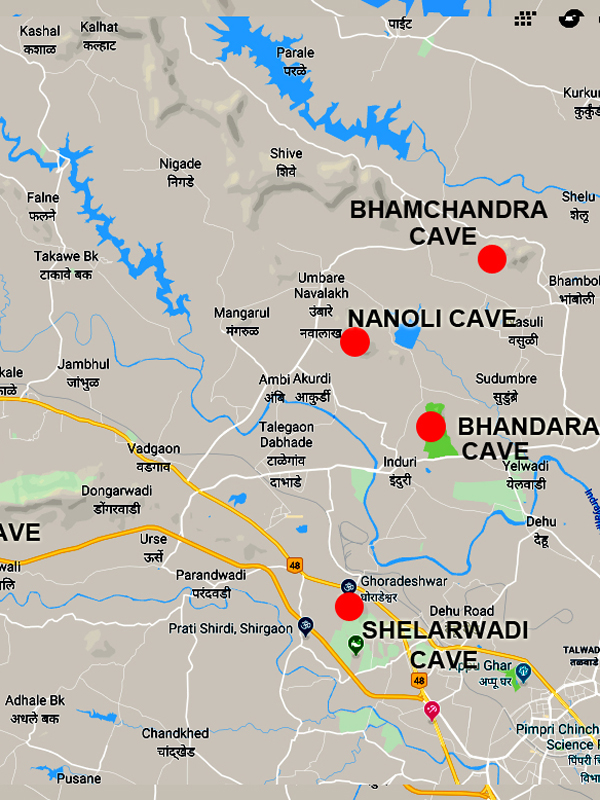 |
| |
| 1. Bhamchandra Map, Khed Tehsil, Pune district, Maharashtra, India |
| |
|
|
| |
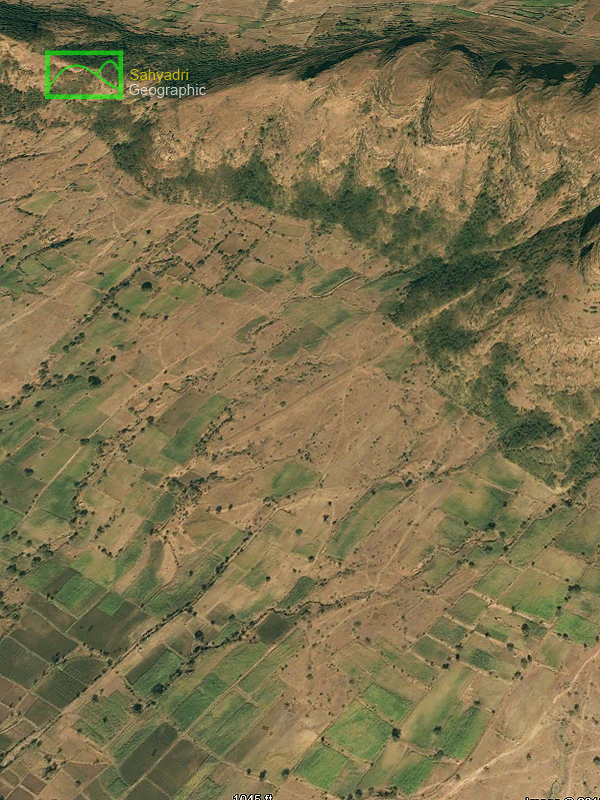 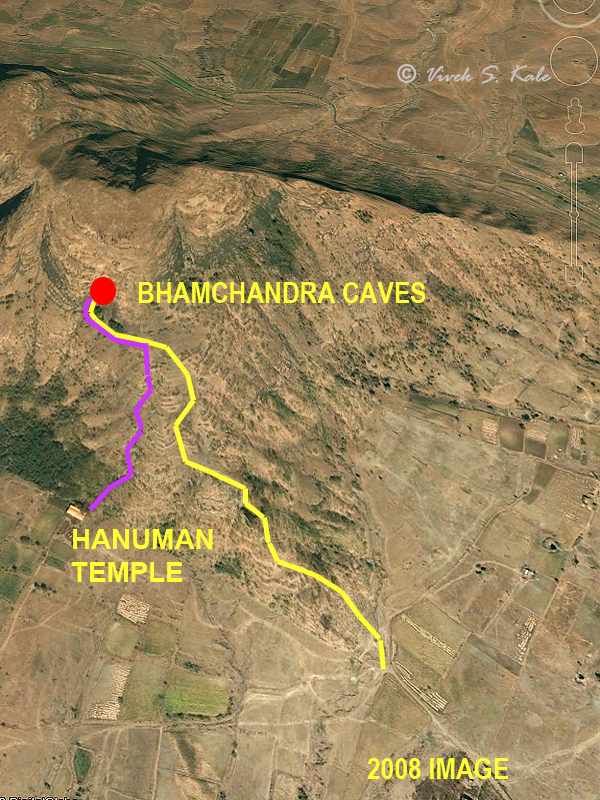 |
| |
| 2. Map, Bhamchandra Caves, Khed Tehsil, Pune district, Maharashtra, India |
| |
|
|
नवलाख उंबरे हे महत्वाचे व्यापारी मार्गांवर वसलेले गाव महाराष्ट्र राज्यात, पुणे जिल्ह्याच्या मावळ तालुक्यात तळेगाव दाभाडे च्या उत्तरेला वसलेले आहे.
या गावाच्या उत्तरेला तसूबाई डोंगर रांग आहे. तसूबाई डोंगर रुंद पश्चिम-पूर्व पसरलेली आहे. तसूबाई डोंगरारांगेच्या पूर्वेकडच्या टोकाला भामचंद्र डोंगर आहे.
या डोंगररांगेच्या उत्तरेस भामा नदीचे खिरे आणि दक्षिणेस इंद्रायणी नदीचे खोरे आहे. भामा नदीवरून भामचंद्र असे नाव डोंगराला पडले आहे.
वसुळी, भाम्बोली आणि शिंदे गावाजवळ असलेल्या भामचंद्र डोंगरावर भामचंद्र लेणी आहेत. या भागात नानोली, इंदुरी आणि शेलारवाडी येथे हीनयान बुद्ध लेणी ( नंतरच्या काळातली ) आहेत. शिंदे गावाच्या उत्तरेला असलेल्या टेकडीत लेणीसमूह आहे. या लेणीसमूहात सहा लेणी/गुहा आणि पाच पाण्याची टाकी आहेत. संत तुकाराम या ठिकाणी येत असत. संत तुकारामांनी येथे घेतलेल्या अनुभूतीचा उल्लेख त्यांच्या अभंगात केला आहे. लेणी स्थानिक लोक "भामचंद" या नावाने ओळखतात. भामचंद्र लेणी पुणे शहरापासून ४० किलोमीटर आणि तळेगाव पासून अंदाजे १८ किलोमीटर अंतरावर आहेत. लेणी जरी खेड तालुक्यात असली तरी मावळाच्या जवळ आहेत. भामा नदी च्या खोऱ्या च्या दक्षिणेला असलेल्या या डोंगराचे नाव भामा नदीवरून पडले आहे. भामचंद्र महादेवस्थानाकडे भांबोली येथे जागा आहे, असा उल्लेख आहे.
|
|
Navlakh Umbre is a village in Maval Taluka, north of Talegaon Dabhade, in Pune district in the state of Maharashtra in India. The village is located just south of a hill range called as Tasubai hill range. Tasubai hill range is spread west-east. At the eastern end of the hill range there is a hill called as Bhamchandra hill. North of the Tasubai hill range there is Bhama river basin. South of Tasubai hill range, there is Indrayani river basin. Bhamchandra hill is named after Bhama river. Near villages Vasuli, Bhamboli and Shinde, there is cave complex called as Bhamchandra caves in Bhamchandra hill.
There are several other caves in this region at Shelarwadi, Nanoli and Induri hills. Most of these caves are late Hinayana Buddhist caves. Bhamchandra caves was studied by James Burgess in 1880. There are total 6 caves and 5 water cisterns here today. These caves were frequented by Sant Tukaram. Locally these caves are known as Bhamchanda or Bhamchandra Cave. Sant Tukaram has mentioned the Bhamchada dongar (hill) in his poems (abhang). He has also mentioned his spiritual experience at this location.
The caves are located at about 40 Km from Pune and about 18 Km from Talegaon Dabhade.
|
|
|
| |
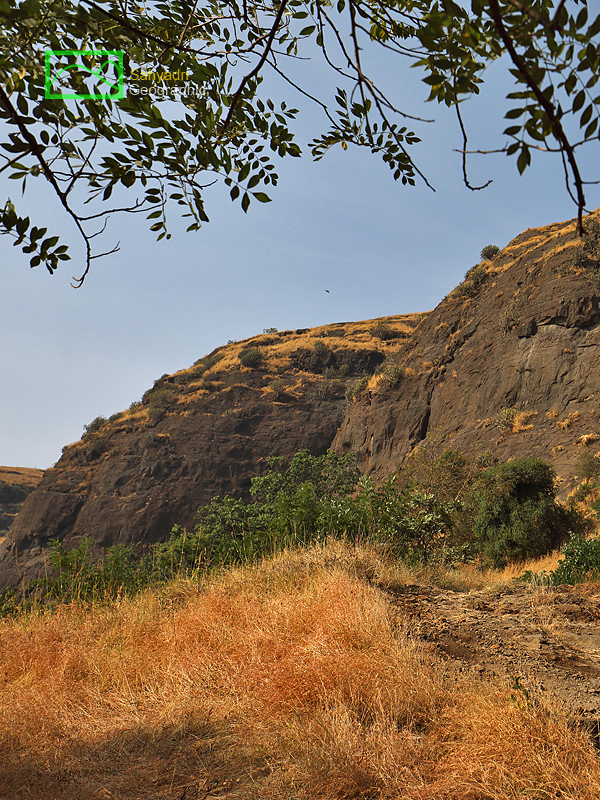 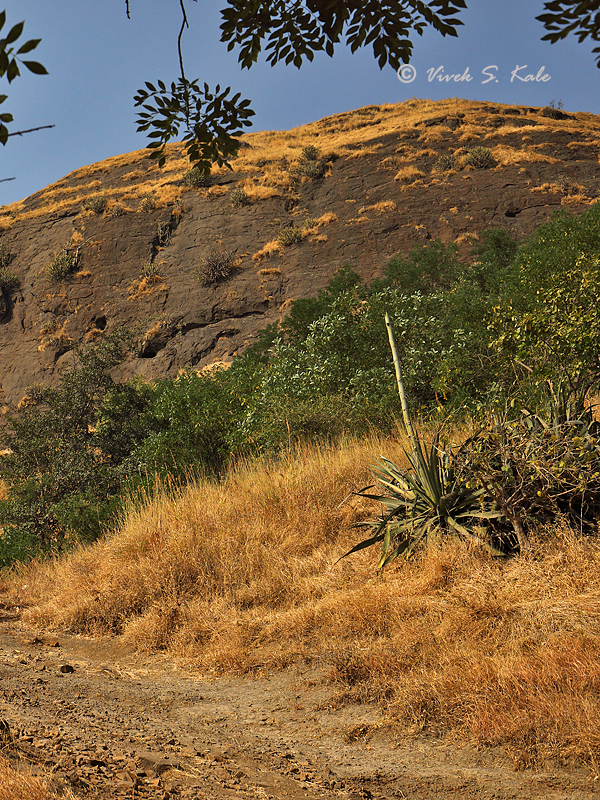 |
| |
| 3. Bhamchandra Caves hill, Khed Tehsil, Pune district, Maharashtra, India |
| |
|
|
लेणे क्रमांक १ : शिंदे गावाच्या उत्तरेला असलेल्या डोंगरावर कड्यात भामचंद्र लेणीसमूहातील लेणे क्रमांक १ कोरले आहे. हे लेणे दक्षिण-पश्चिम मुखी आहे. सध्या तेथे महादेवाची पिंड असलेले देऊळ आहे. लेण्यात आतल्या बाजूला एक गर्भगृह आणि मंडप आहे. यात गणपती आणि इतर या देवतांच्या मूर्ती आहेत. लेण्यात एक मंडप आहे. लेण्यात कोणतेही बौद्ध नक्षीकाम नाही. हा डोंगर प्राचीन व्यापारी मार्गाजवळ आहे. संत तुकाराम या लेण्यात येत असत असे समजतात. स्थानिक लोक या लेण्याला विठ्ठल रखुमाई लेणे असे संबोधतात. वारकरी संप्रदायाचे उपासक या लेण्यात वास्तव्याला असतात.
या लेण्यांच्या गर्भगृहात चार कोपऱ्यात चार अर्धे खांब आहेत. गर्भगृहात महादेवाची पिंड आहे. गर्भगृहात जाण्यास असलेल्या दरवाजाची चौकट दगडी बांधीव आहे. हि चौकट मूळ लेण्यांचा भाग नाही. जोडकाम स्पष्ट दिसते. चौकटीवर गणपती, कीर्तिमुख, द्वारपाल आणि इतर आकृत्या कोरल्या आहेत. मंडपात चार खांब आहेत. दोन बाजूला दोन देवकोष्ट आहेत. लेण्यांची त्रिमिती बेढब आहे. भिंती समांतर नाहीत. खांब वाकडे आहेत. एका खांबावर गणपती अर्धवट कोरला आहे. लेणे तेलरंगात रंगवल्यामुळे आणि शिल्प शेंदूर फासल्यामुळे , त्यांचे मूळ सुंदर रूप झाकोळले आहे असे वाटते. लेण्यांच्या मंडपाचा दर्शनी भाग बांधीव आहे. बाहेर एक पाण्याचे टाके आहे.
लेणे क्रमांक २ : शिंदे गावाच्या उत्तरेला असलेल्या डोंगरावर कड्यात भामचंद्र लेणीसमूहातील लेणे क्रमांक २ कोरले आहे. हे लेणे दक्षिण-पश्चिम मुखी आहे. हे लेणे लेणे क्रमांक १ च्या उत्तरेला आहे. येथे वारकरी संप्रदायाचे अनुयायी राहतात. येथे पूर्वी एक लहान कोरलेली गुहा होती. आता तेथे मोठी गुहा बनविण्यात आली आहे. अंदाजे १० मीटर लांब आणि ८ मीटर रुंद अशी हि आधुनिक गुहा वारकरी संप्रदायाचे अनुयायी वापरतात. एका बाजूला जुन्या मूळ गुहेच्या खुणा छतावर आढळतात.
लेणे क्रमांक ३ : शिंदे गावाच्या उत्तरेला असलेल्या डोंगरावर कड्यात भामचंद्र लेणीसमूहातील लेणे क्रमांक ३ कोरले आहे. हे लेणे दक्षिण-पूर्व मुखी आहे. हे लेणे लेणे क्रमांक २ च्या उत्तरेला आहे. येथे वारकरी संप्रदायाचे विठ्ठल रखुमाईचे देऊळ आहे. संत तुकारामांचे साधे पण प्रभावी भित्ती शिल्प येथे आहे. भामचंद्र डोंगरावराचा तुकारामांच्या अनुभूतीचा उल्लेल्ख असलेला त्यांचा अभंग येथे वाचावयास मिळतो. दाराबाहेर कोंदणात मारुती आहे. बाहेर गणपतीचे शिल्प आहे. येथे पोहोचण्यासाठी अंदाजे ६०-६५ कातळातील पायऱ्या चढाव्या लागतात.
लेणे क्रमांक ४ : शिंदे गावाच्या उत्तरेला असलेल्या डोंगरावर कड्यात भामचंद्र लेणीसमूहातील लेणे क्रमांक ४ कोरले आहे. हे लेणे दक्षिण-पूर्व मुखी आहे. हे लेणे क्रमांक ३ च्या बाजूला आहे. . हि एक मूळ नैसर्गिक गुहा आहे.
लेणे क्रमांक ५ : शिंदे गावाच्या उत्तरेला असलेल्या डोंगरावर कड्यात भामचंद्र लेणीसमूहातील लेणे क्रमांक ५ आहे. हे लेणे दक्षिण-पूर्व मुखी आहे. हे लेणे क्रमांक ३ च्या पश्चिमेला आहे. येथे वारकरी संप्रदायाचे अनुयायी राहतात. हि एक मूळ नैसर्गिक गुहा आहे. आत पाणी येऊ नये म्हणून लेण्यांच्या बाह्य भागावर वरच्या बाजूला चर कोरले आहेत.
लेणे क्रमांक ६ : मुख्य लेणीसमूहाच्या पश्चिमेस कड्यात एक लहान गुहा आहे. हि एक नैसर्गिक गुहा आहे. गुहेच्या पुढच्या बाजूस एका बाजूला दगडी भिंत बांधली आहे. गुहा अंदाजे २ मीटर बाय २ मीटर आहे.
पाण्याच्या टाकी क्रमांक १: लेणे क्रमांक १ च्या बाहेर दक्षिणेला जवळच १ पाण्याचे मोठे टाके आहेत. यात पाणी नाही. कातळात थोडे उंचावर कोरलेले हे थोडे झाकलेले टाके भामा खोर्यातल्या इतर लेण्यांमधील टाक्यांशी मिळते जुळते आहे. या पाण्याच्या टाक्यात अंदाजे २४००० लिटर पाणी मावते. स्थानिक लोक या पाण्याच्या टाक्याला सीतेची न्हाणी असे म्हणतात.
पाण्याच्या टाकी क्रमांक २: लेणे क्रमांक १ च्या बाहेर लगतच जवळच हे पाण्याचे लहान टाके आहेत. यात पाणी आहे. या पाण्याच्या टाक्यात अंदाजे ११४०० लिटर पाणी मावते.
पाण्याच्या टाकी क्रमांक ३: लेणे क्रमांक २ च्या बाहेर लगतच जवळच हे पाण्याचे मोठे उघडे टाके आहे. यात पाणी आहे. हे टाके पुरातन नाही. वारकरी संप्रदायाने हे टाके बनविले आहे.
पाण्याच्या टाकी क्रमांक ४: लेणे क्रमांक ३ कडे जाणार्या पायऱ्याच्या पश्चिमेला कातळात हे पाण्याचे मोठे उघडे टाके आहे. यात पाणी नाही.
पाण्याच्या टाकी क्रमांक ५: लेणे क्रमांक ६ च्या जवळ हे टाके आहे.
डोंगराच्या पश्चिम पायथ्याला एक हनुमान मंदिर आहे. जवळच एक जुनी दगडी विहीर आहे. या विहिरीचे बांधकाम रोकडोबा नावाच्या वारकऱ्याने अंदाजे १०० वर्षांपूर्वी केले असे सांगितले जाते.
|
|
Cistern#1: North of Shinde village, midway up the hill, the Bhamchandra cave group is located. On the pathway one comes across the water cistern#1. The water cistern carved in the scarp of the hill, is a typical water cistern seen in the other caves of the Bhama region such as Gadad, Nigade etc. The water cistern is partially open and partially covered large cistern with about 24000 liter water holding capacity. Unfortunately the water cistern was seen empty in November. The locals call this cistern as Sita’s bath (Sitechi Nhani)
The Cave#1 is located about 5 meter west of the cistern#1. Now there is a shrine of Hindu deities in this cave. The main deity in the cave is Lord shiva and Shiva lingam is worshipped in the main sanctrum. Rough sculptures of Ganesh and other deities is also worshipped here. In this cave the front wall of stone structure has been built. Inside the cave there is a hall or Mandap with 4 columns, typically seen in the hindu temples. The geometry of the cave is irregular rectangle. The alignment of pillars, parallelism of the walls is far from perfect is probabaly the work of not so perfect artisans. The cave also has inner garbhagriha in which Shiva lingam is worshipped. The corner pillars in the garbhagriha are irregular in dimensions. The door entering the garbhagriha is framed with the stone work which is not part of original cave work. The frame has typical dwarrakshaks on either side, Ganesh at Lalatbindu, Kirtimukh at lower side. This frame work is also rough and is worn out.
Cistern#2: The water cistern carved in the scarp of the hill, adjascent to cave#1. The water cistern is partially open and partially covered cistern with about 11400 liter water holding capacity. The water cistern was full of water in November 2018.
Cistern#3: The water cistern carved in the scarp of the hill, west of cave#1. The water cistern is open and was full of water. The cistern is modern cistern carved by Varkari monks in recent times.
The Cave#2 is located about 10 meter west of the cave#1. There was a small cave in the scarp here roughly of about 2-3 meter depth. This cave is recently enlarged to house more monks. The cave is about 8 meter by 10 meter in dimensions. It is used by monks of Varkari sanpradaay and is a large hall without front rock wall. The front wall is made of steel. This is recently modified cave.
Cave#3: At the corner of scarps where two scarps at 90 degrees to each other meet, there are narrow steps to reach the upper cave namely Cave#3. This is a small upper cave which is accessible after climbing up the steps in the scarp. The cave is irregular in shape and do not have any chisel marks. The entrance is framed using modern work. There is a modern mural of Sant Tukaram in this cave depicting dhyana and shrine of Vitthal Rakhumai.
Cistern#4: The water cistern carved in the scarp of the hill, west of cave#2 and south of the steps leading to upper cave. The water cistern is open and was empty. The cistern is modern cistern carved by Varkari monks in recent times.
Cave#4: The natural cave is close to the Cave#3. The cave is located adjascent to cave#3, on west side. This is a natural cavern, which is a long tube cave.
Cave#5: The natural cave is enlarged and is being used by Varkari monks. The cave is located adjascent to cistern#5, on west side. This cave also is modified in modern times.
Cave#6: This is a small natural cave in the west side, in the cliff and has a rock wall in front. The cave is about 2 meter by 2 meter in size.
Cistern#5: The water cistern carved in the scarp of the hill, close to Cave#6.
Maruti temple and Rokdoba well : At the west side base of the hill, there is a hanuman temple and old well said to have been built 100 years back by a Varkari names Rokdoba.
Bhamchandra cave complex is strange, consisiting of natural caverns modified in past and recent times with rough work. The main cave houses lord shiva and the other caves are now occupied by Vaishnavaite Varkari sampradaay monks. The original cave has been carved later as compared to caves in Nane Maval.
|
|
|
| |
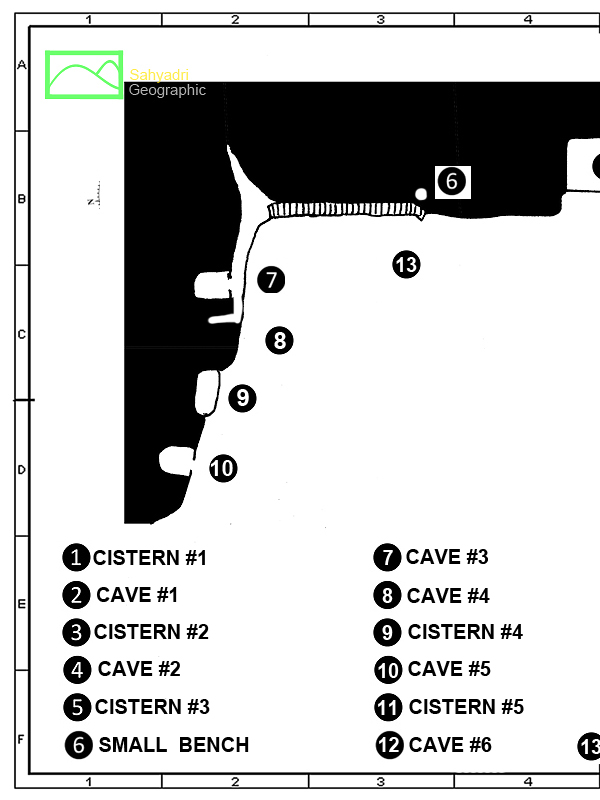  |
| |
| 4. Layout - Bhamchandra Caves, Khed Tehsil, Pune district, Maharashtra, India |
| |
|
|
| |
  |
| |
| 5. Cistern#1, Bhamchandra Caves, Khed Tehsil, Pune district, Maharashtra, India |
| |
|
|
| |
  |
| |
| 6. Cistern#1, Bhamchandra Caves, Khed Tehsil, Pune district, Maharashtra, India
|
| |
|
|
| |
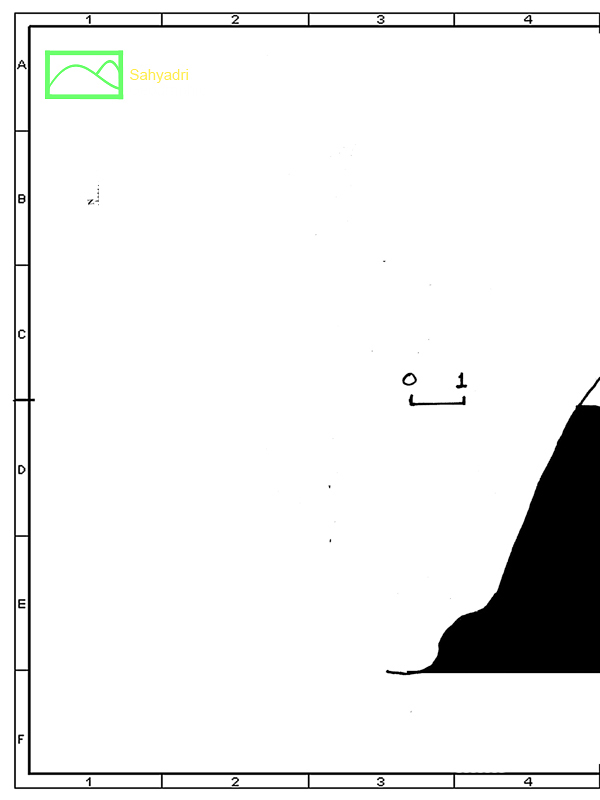 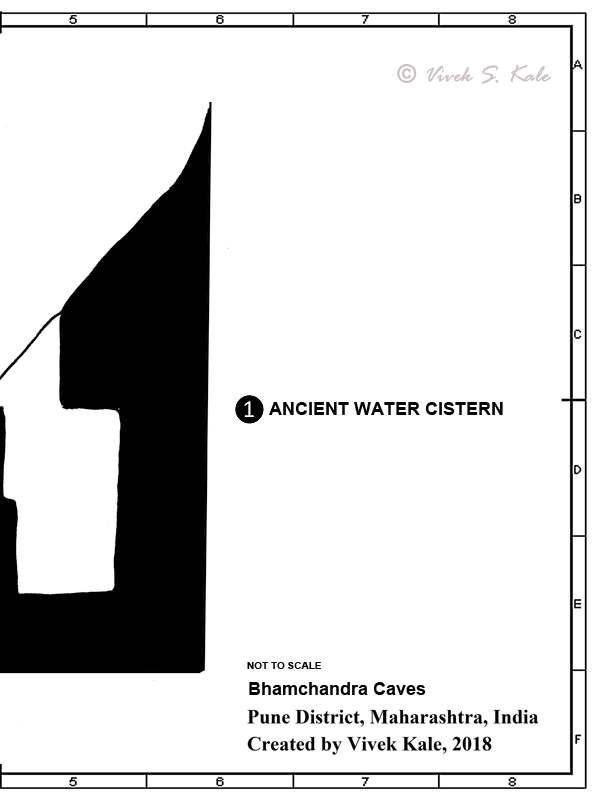 |
| |
| 7. Cistern#1 section, Bhamchandra Caves, Khed Tehsil, Pune district, Maharashtra, India
|
| |
|
|
| |
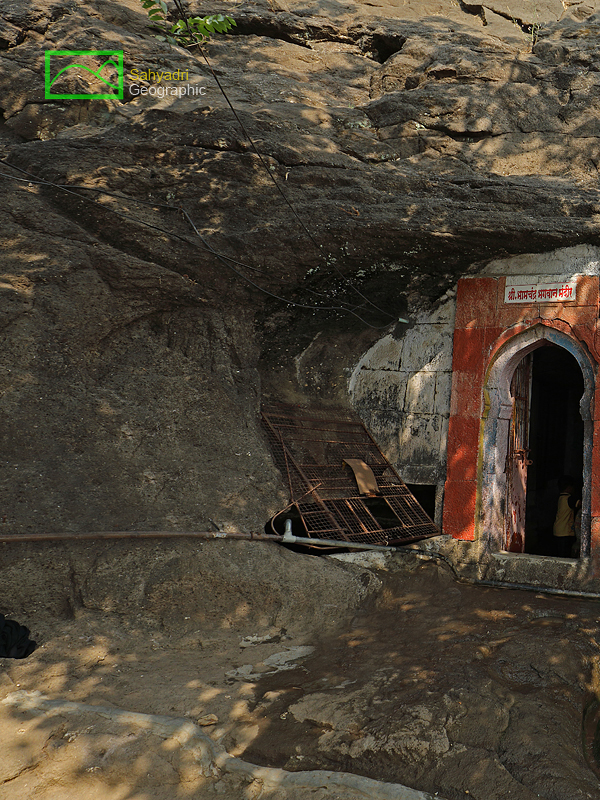  |
| |
| 8. Cave#1, Bhamchandra caves, Khed Tehsil, Pune district, Maharashtra, India
|
| |
|
|
| |
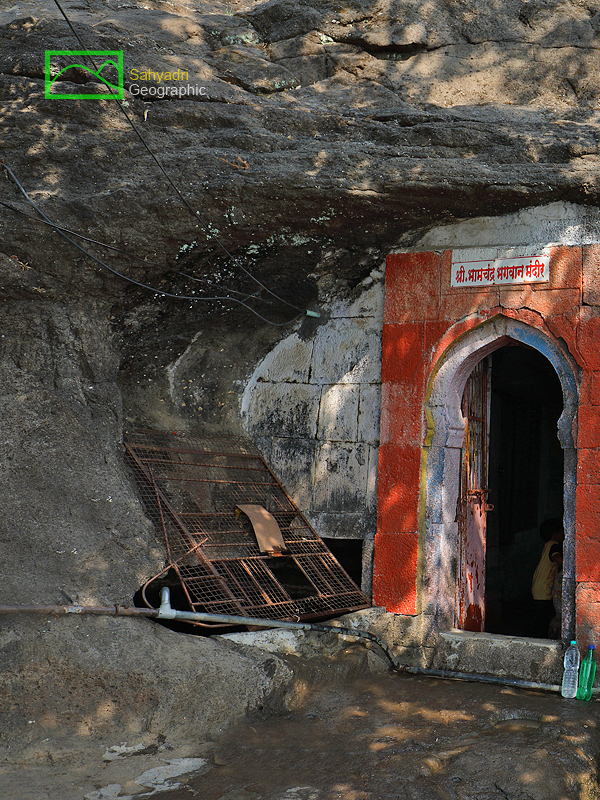  |
| |
| 9. Cave#1, Bhamchandra Caves, Khed Tehsil, Pune district, Maharashtra, India |
| |
|
|
| |
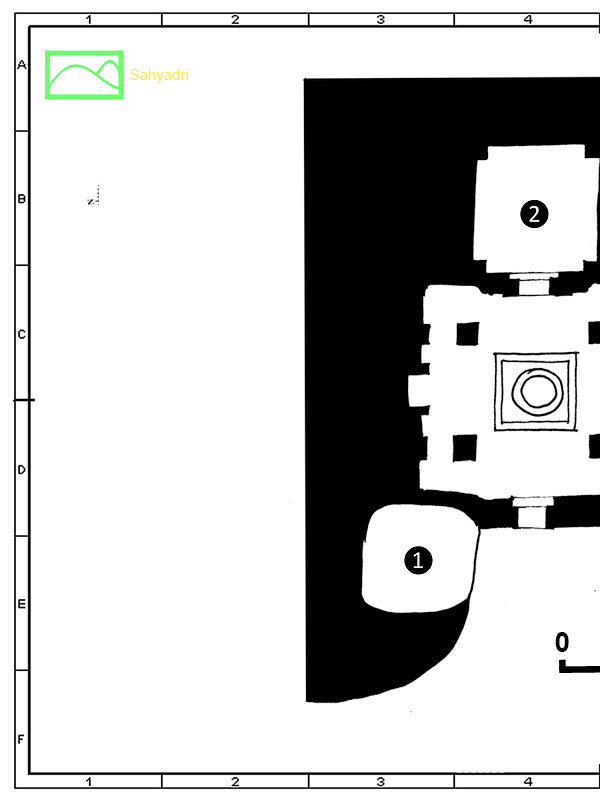  |
| |
| 10. Cave#1, Bhamchandra Caves, Khed Tehsil, Pune district, Maharashtra, India |
| |
|
|
| |
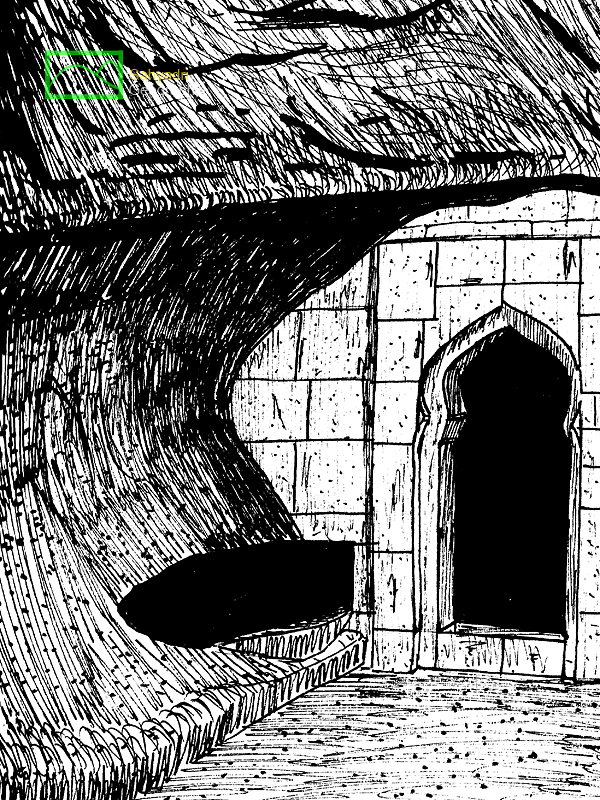 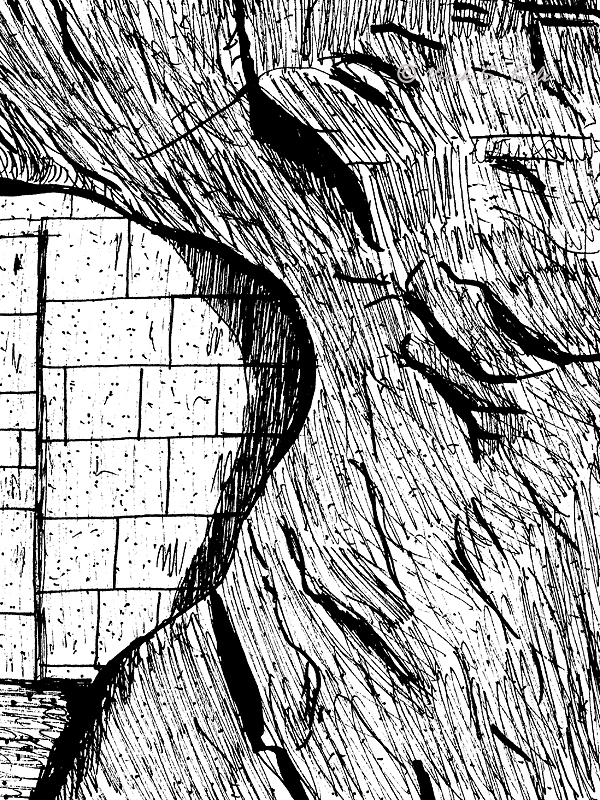 |
| |
| 11. Cave#1, Bhamchandra Caves, Khed Tehsil, Pune district, Maharashtra, India |
| |
|
|
| |
 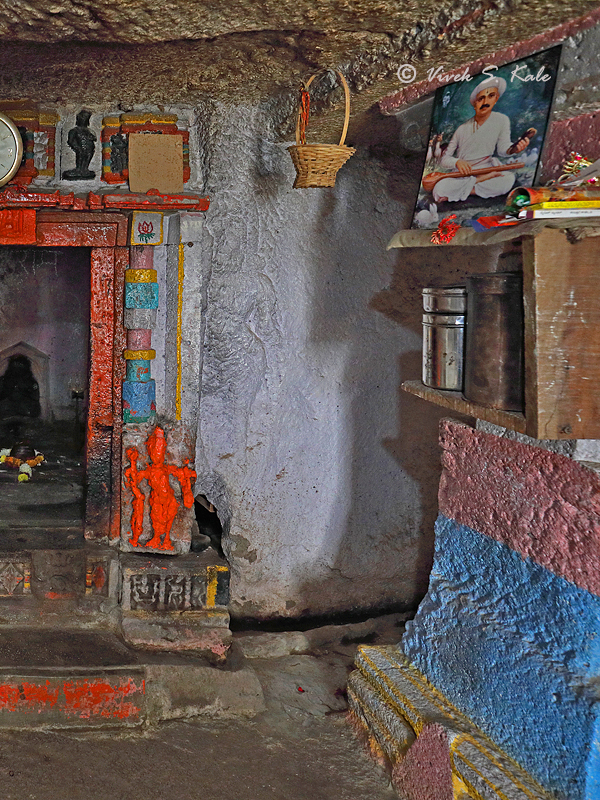 |
| |
| 12. Cave#1, Bhamchandra Caves, Khed Tehsil, Pune district, Maharashtra, India |
| |
|
|
| |
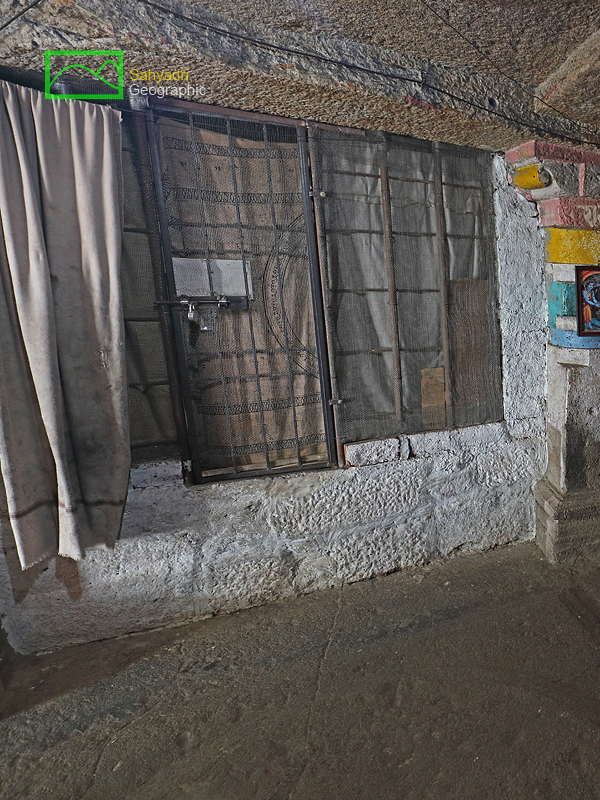 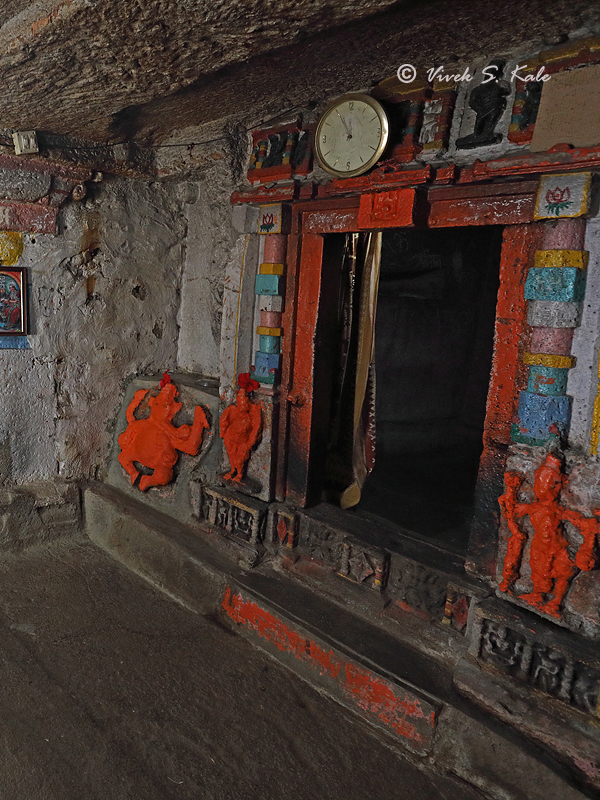 |
| |
| 13. Cave#1, Bhamchandra Caves, Khed Tehsil, Pune district, Maharashtra, India |
| |
|
|
| |
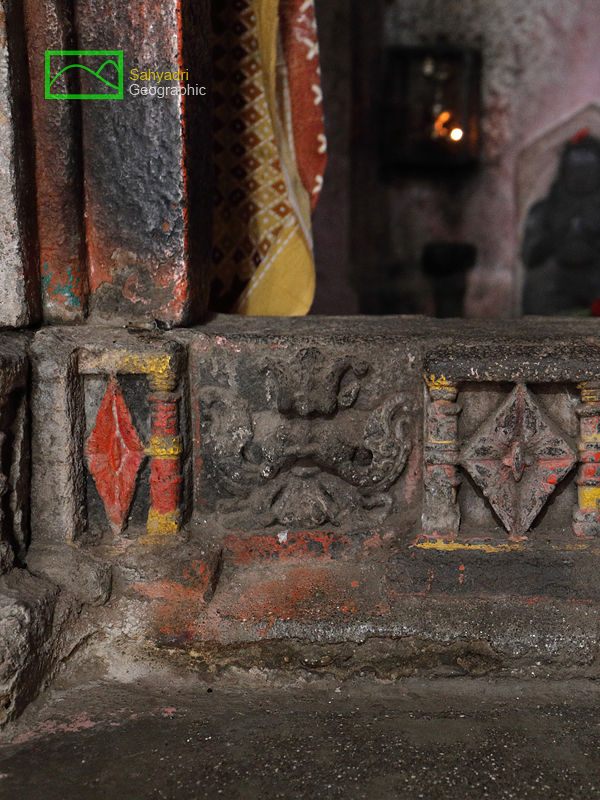  |
| |
| 14. Cave#1, Bhamchandra Caves, Khed Tehsil, Pune district, Maharashtra, India |
| |
|
|
| |
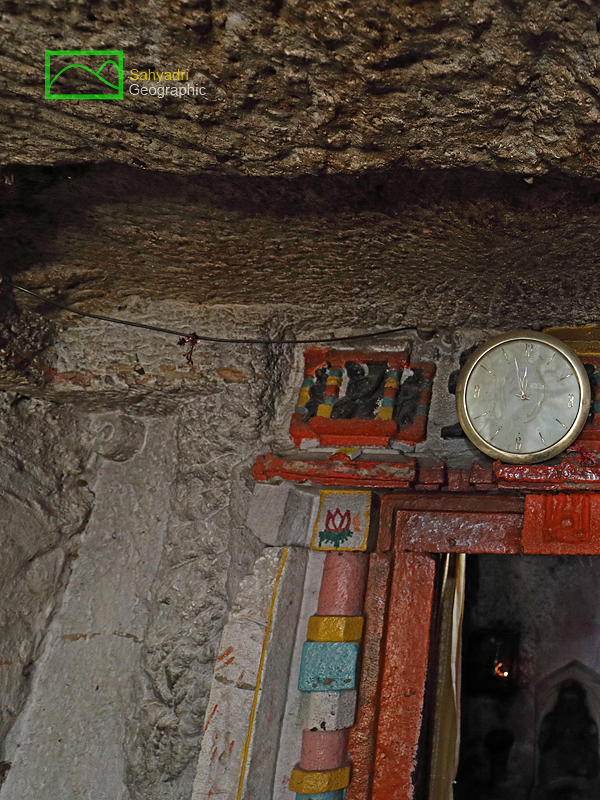  |
| |
| 15. Cave#1, Bhamchandra Caves, Khed Tehsil, Pune district, Maharashtra, India |
| |
|
|
| |
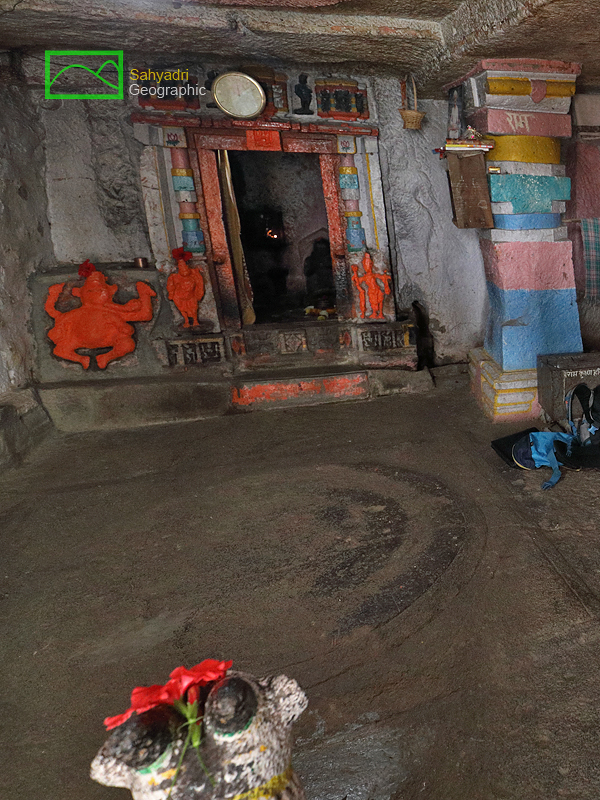 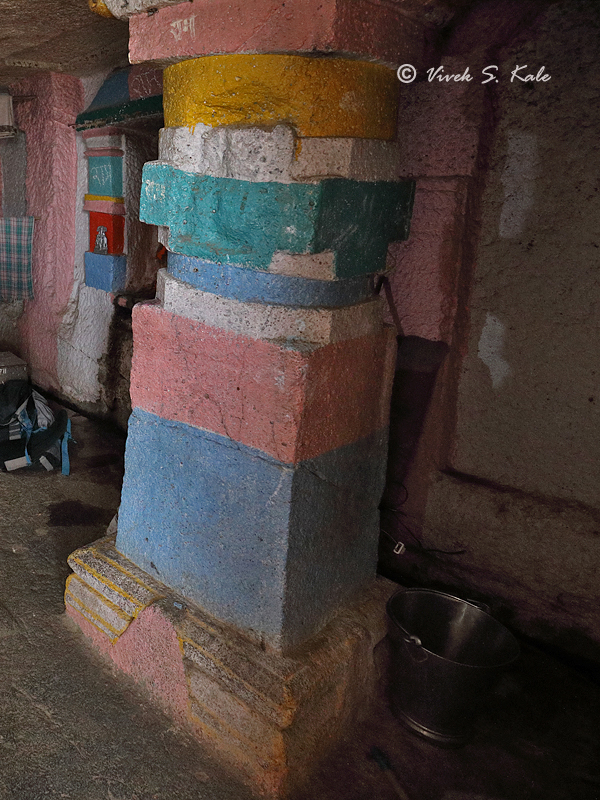 |
| |
| 16. Cave#1, Bhamchandra Caves, Khed Tehsil, Pune district, Maharashtra, India |
| |
|
|
| |
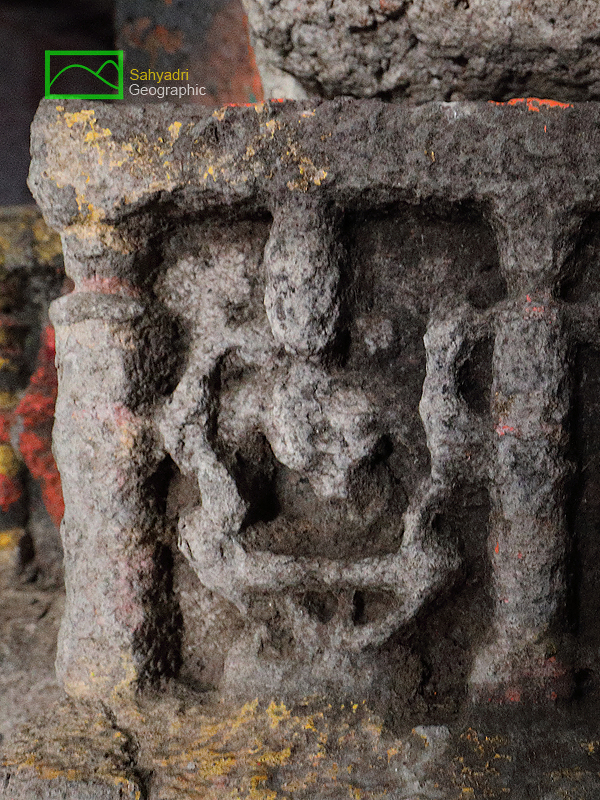 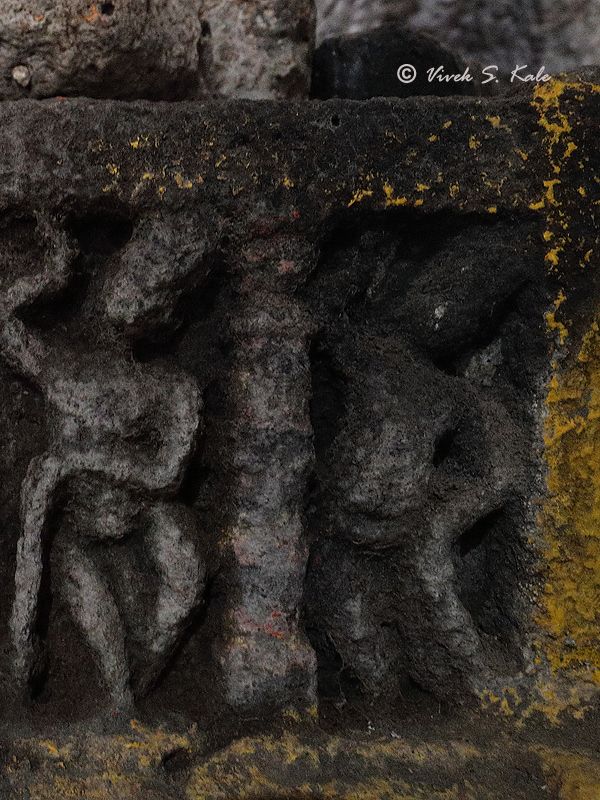 |
| |
| 17. Cave # 1, Bhamchandra Caves, Khed Tehsil, Pune district, Maharashtra, India |
| |
|
|
| |
 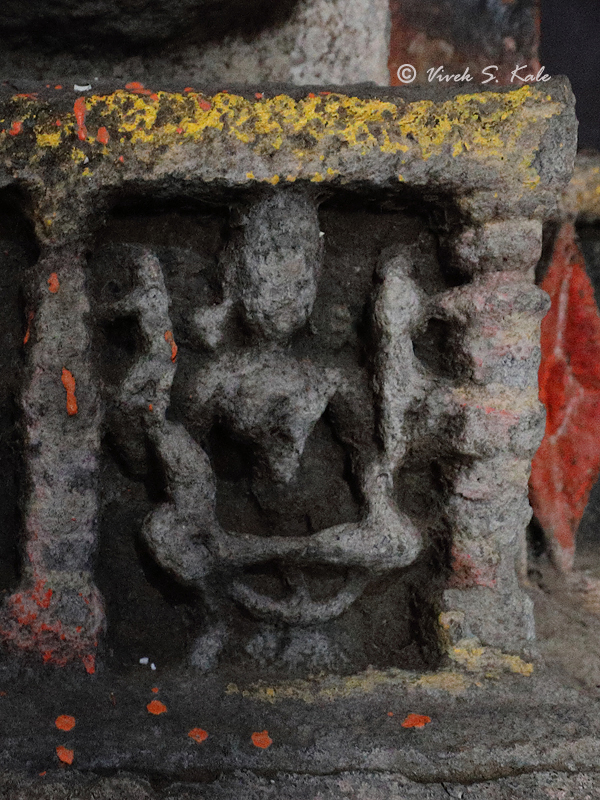 |
| |
| 18. Cave # 1, Bhamchandra Caves, Khed Tehsil, Pune district, Maharashtra, India |
| |
|
|
| |
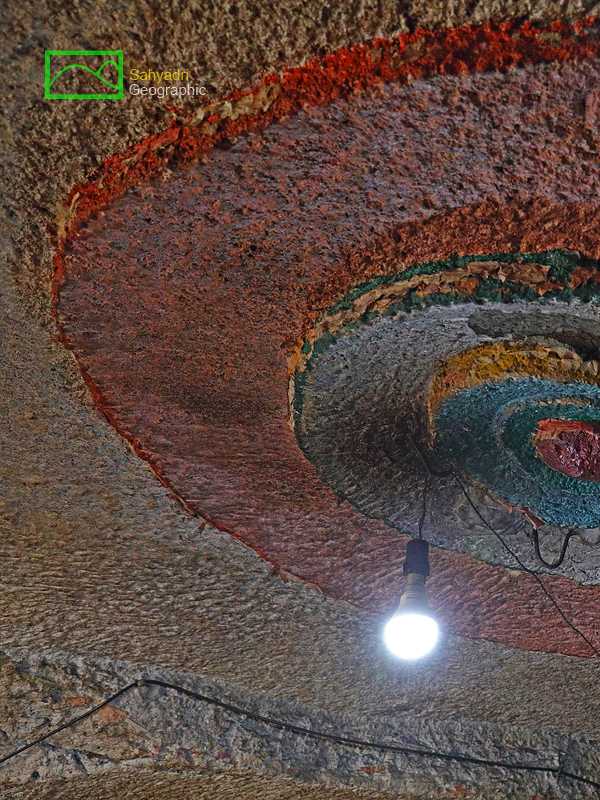 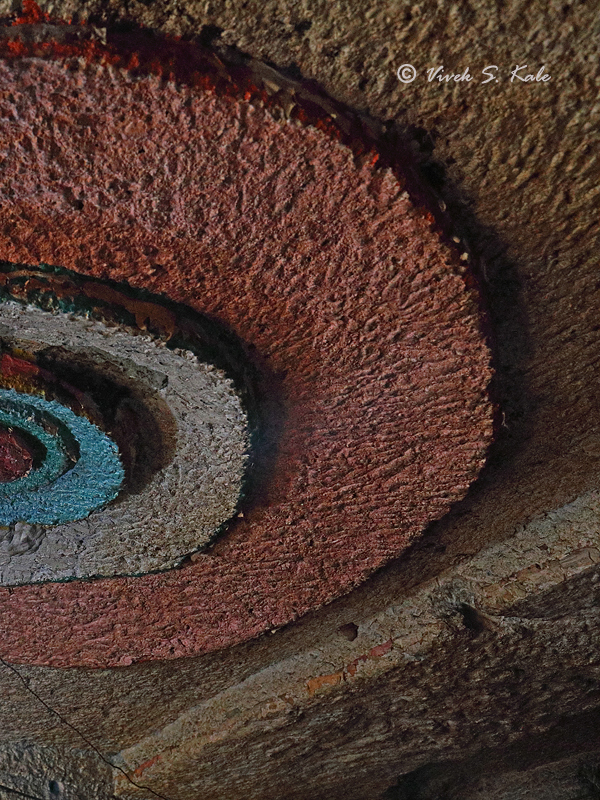 |
| |
| 19. Cave # 1, Bhamchandra Caves, Khed Tehsil, Pune district, Maharashtra, India |
| |
|
|
| |
 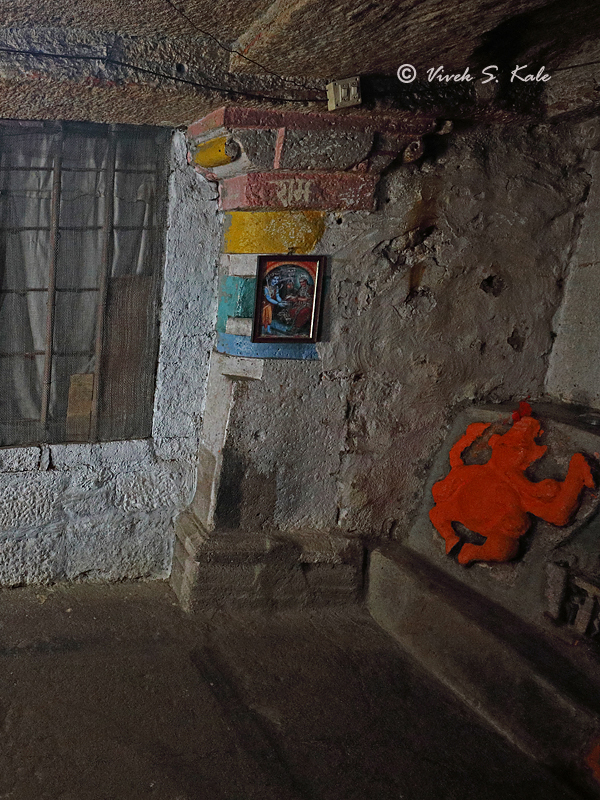 |
| |
| 20. Cave # 1, Bhamchandra Caves, Khed Tehsil, Pune district, Maharashtra, India |
| |
|
|
| |
 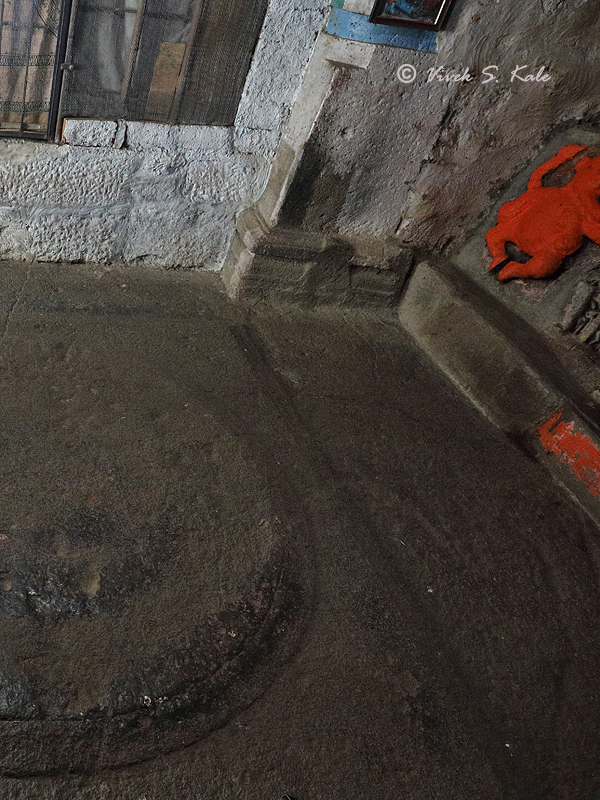 |
| |
| 21. Cave # 1, Bhamchandra Caves, Khed Tehsil, Pune district, Maharashtra, India |
| |
|
|
| |
 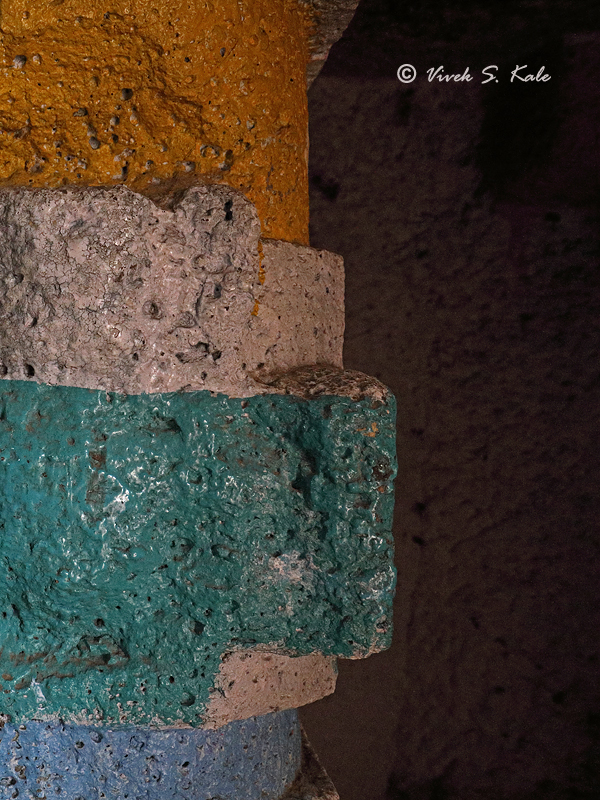 |
| |
| 22. Cave # 1, Bhamchandra Caves, Khed Tehsil, Pune district, Maharashtra, India |
| |
|
|
| |
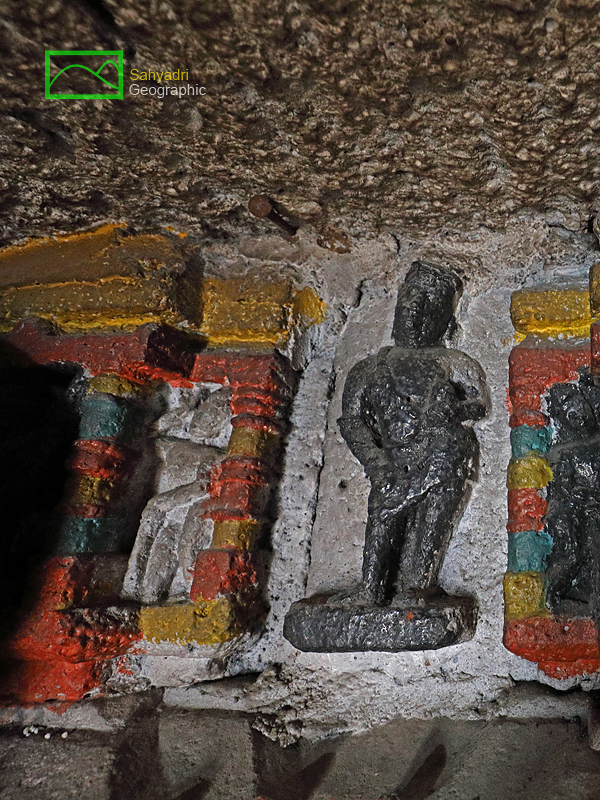 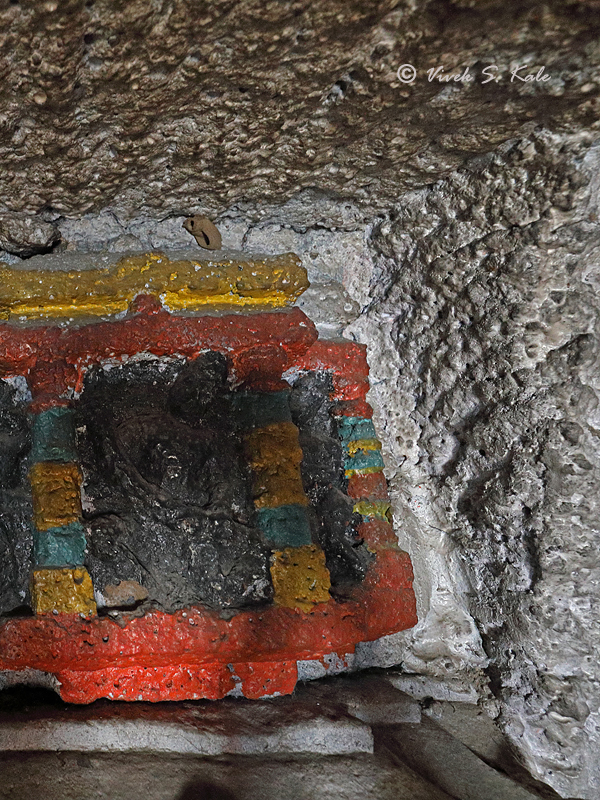 |
| |
| 23. Cave # 1, Bhamchandra Caves, Khed Tehsil, Pune district, Maharashtra, India |
| |
|
|
| |
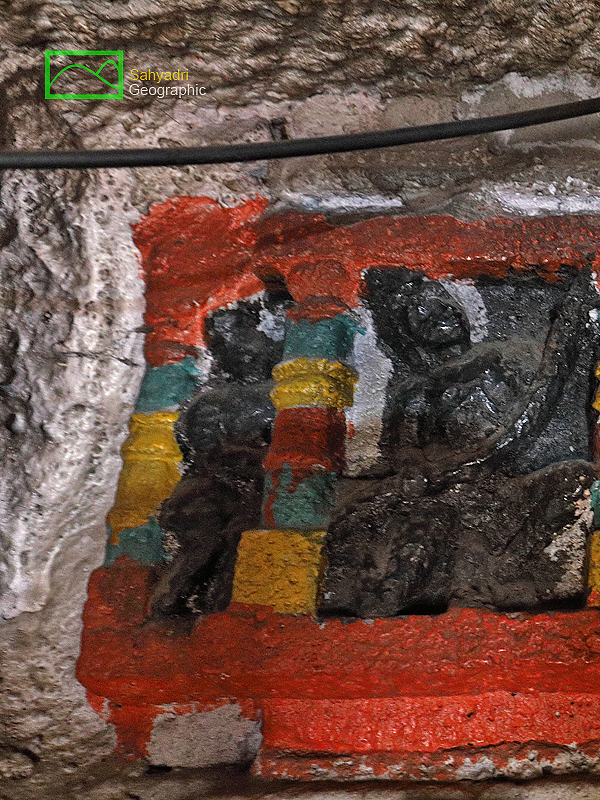 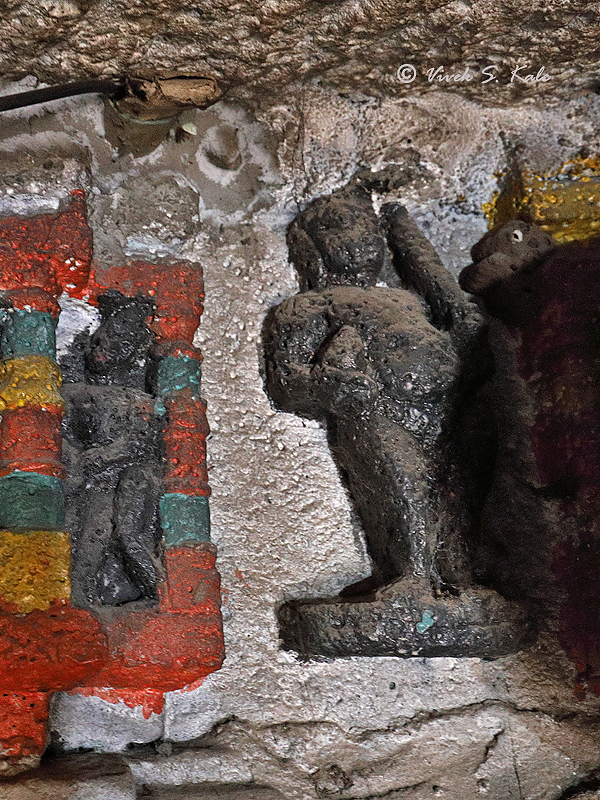 |
| |
| 24. Cave # 1, Bhamchandra Caves, Khed Tehsil, Pune district, Maharashtra, India |
| |
|
|
| |
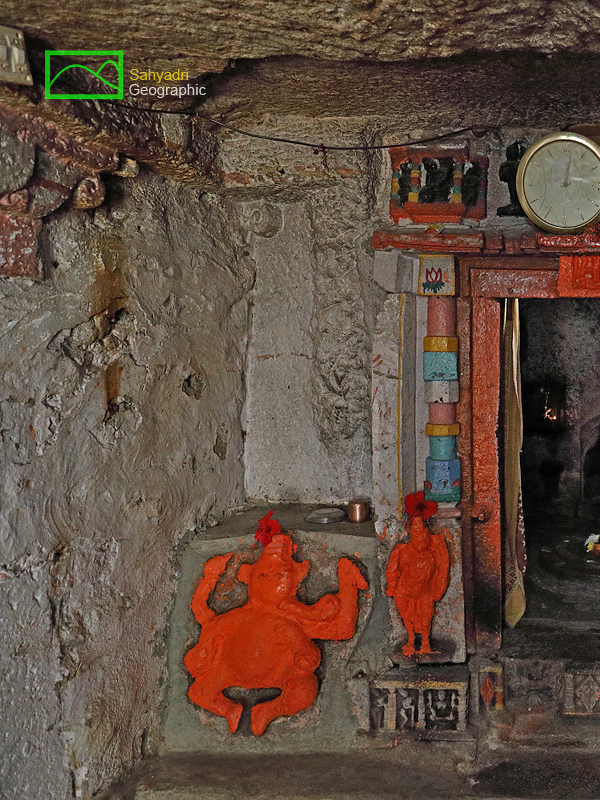 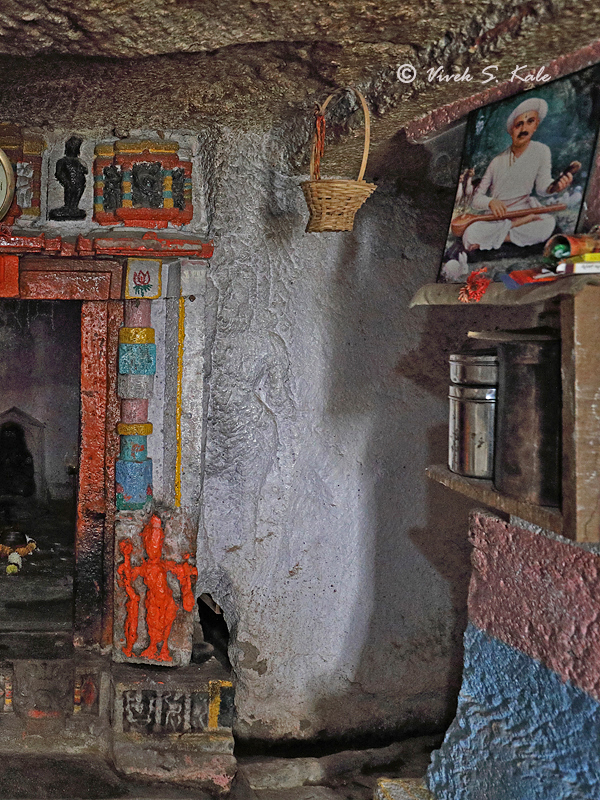 |
| |
| 25. Cave # 1, Bhamchandra Caves, Khed Tehsil, Pune district, Maharashtra, India |
| |
|
|
| |
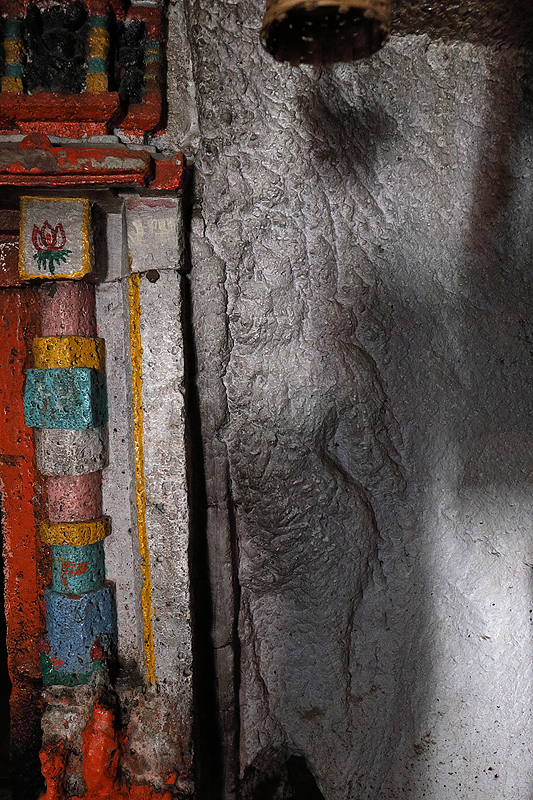 |
| |
| 26. Cave # 1, Bhamchandra Caves, Khed Tehsil, Pune district, Maharashtra, India |
| |
|
|
| |
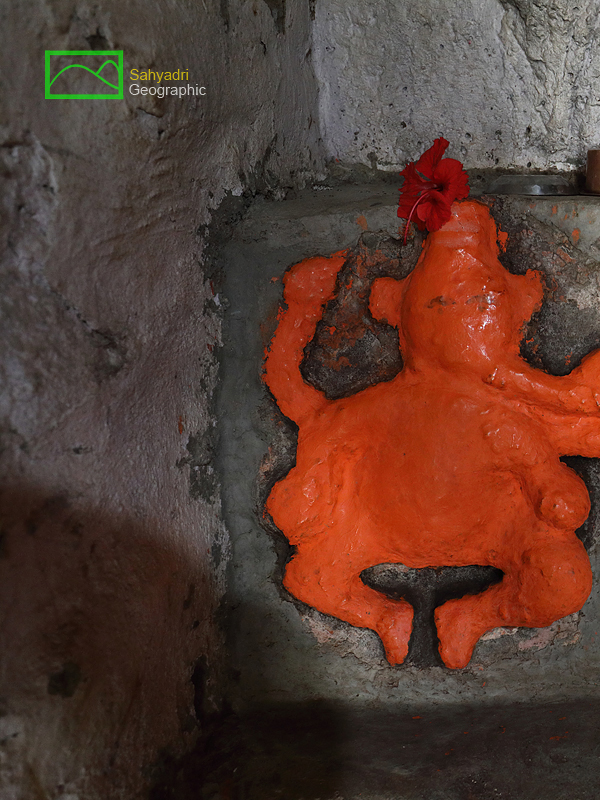  |
| |
| 27. Cave # 1, Bhamchandra Caves, Khed Tehsil, Pune district, Maharashtra, India |
| |
|
|
| |
 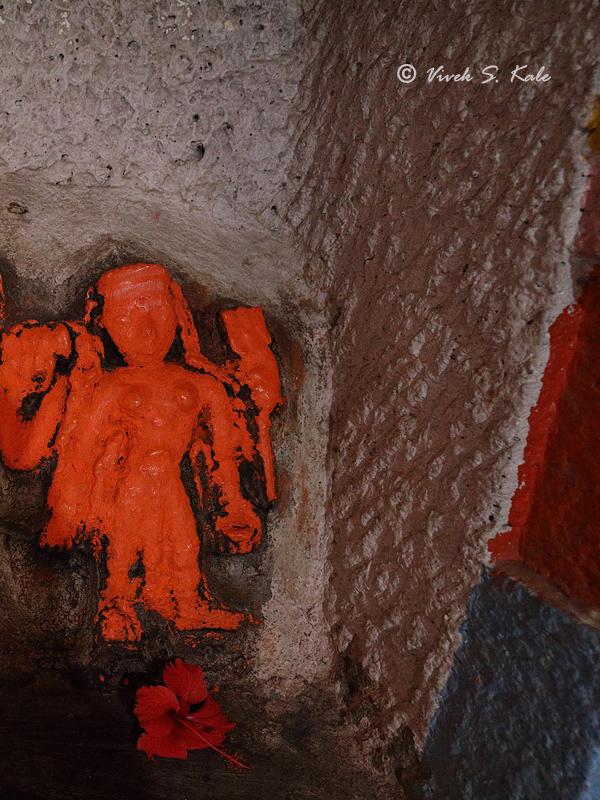 |
| |
| 28. Cave # 1, Bhamchandra Caves, Khed Tehsil, Pune district, Maharashtra, India |
| |
|
|
| |
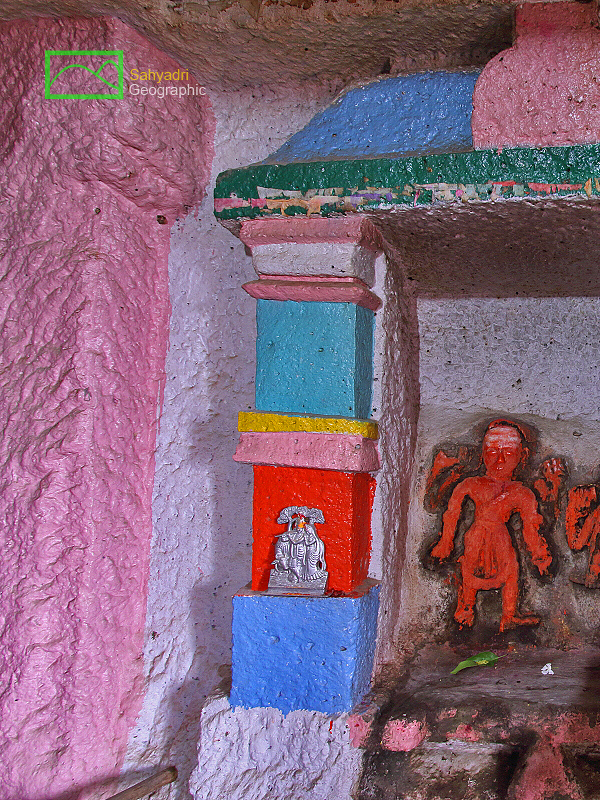  |
| |
| 29. Cave #1, Bhamchandra Caves, Khed Tehsil, Pune district, Maharashtra, India |
| |
|
|
| |
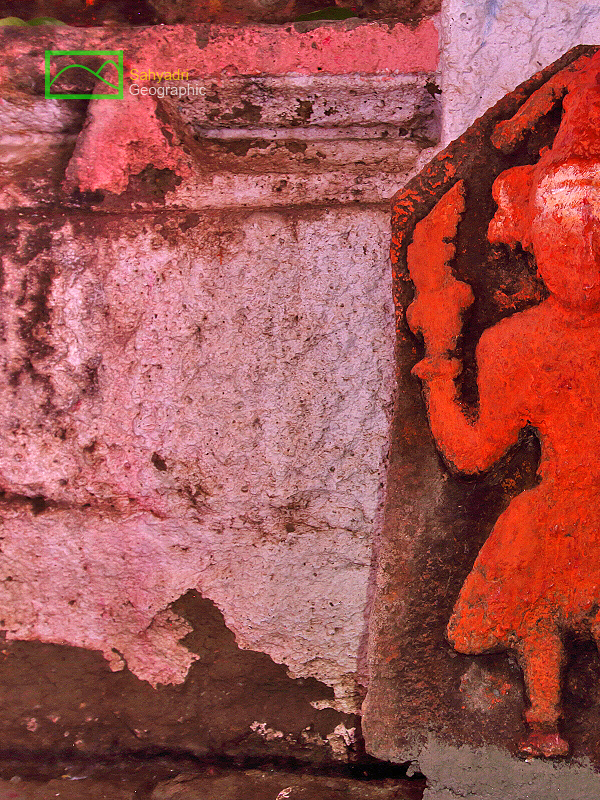 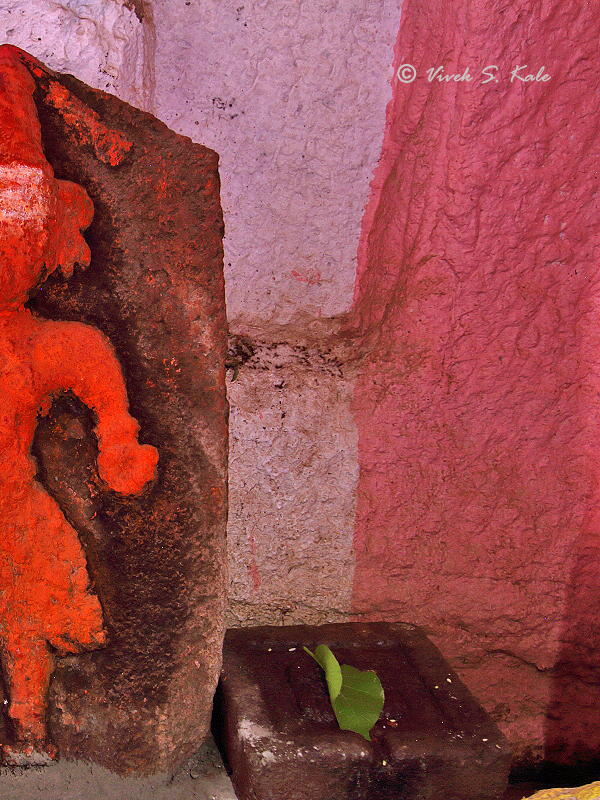 |
| |
| 30. Cave#1, Bhamchandra Caves, Khed Tehsil, Pune district, Maharashtra, India |
| |
|
|
| |
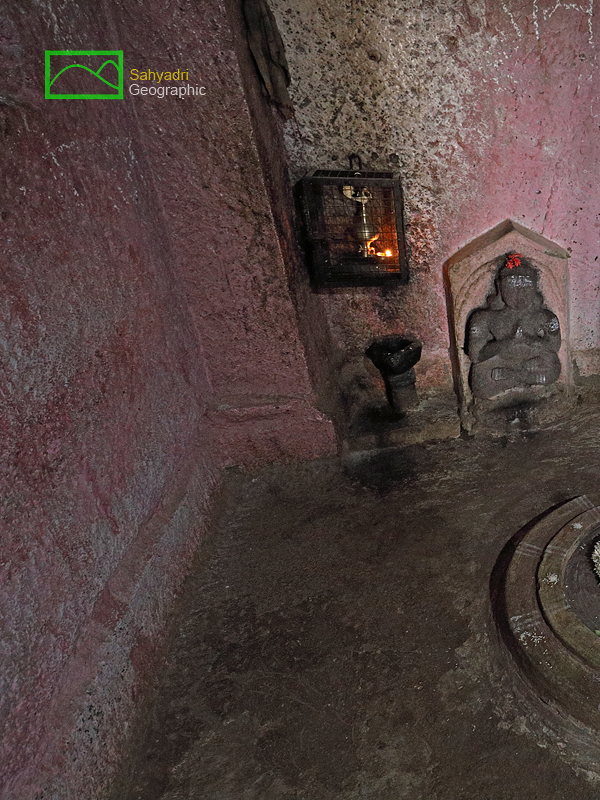 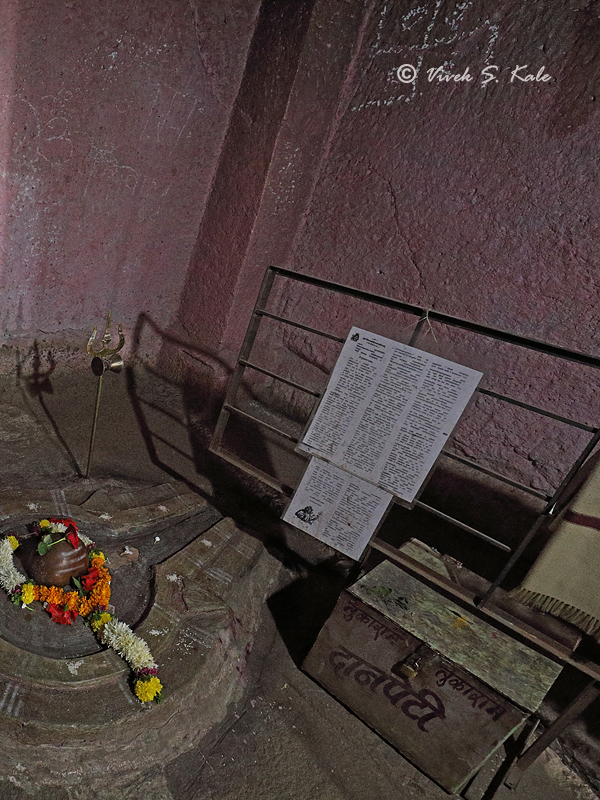 |
| |
| 31. Cave#1, Bhamchandra Caves, Khed Tehsil, Pune district, Maharashtra, India |
| |
|
|
| |
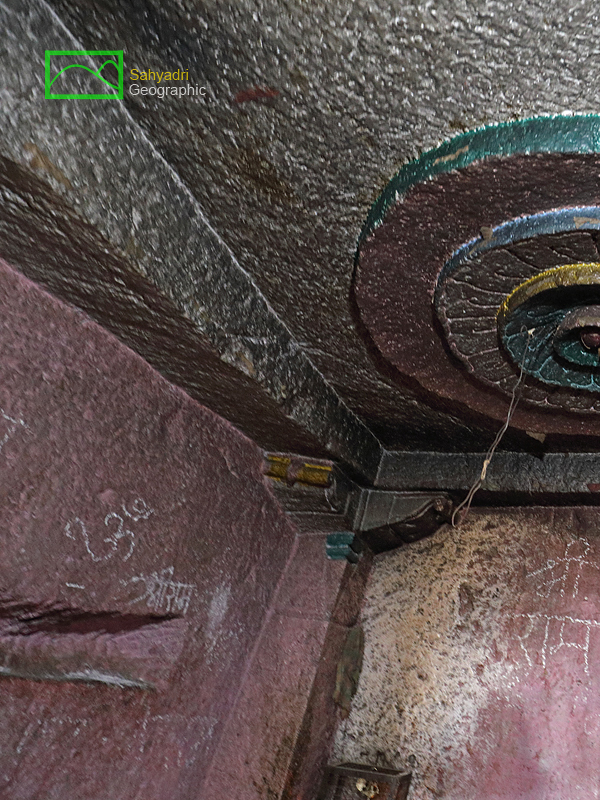 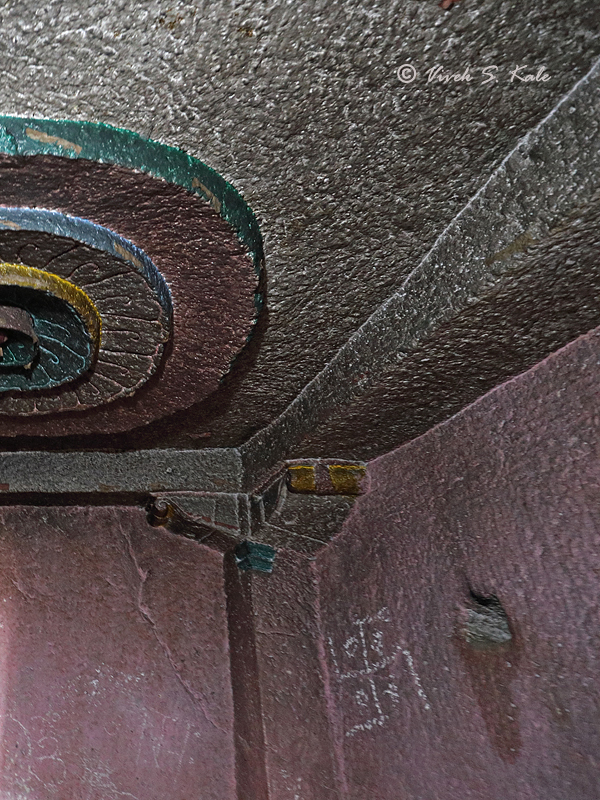 |
| |
| 32. Cave#1, Bhamchandra Caves, Khed Tehsil, Pune district, Maharashtra, India |
| |
|
|
| |
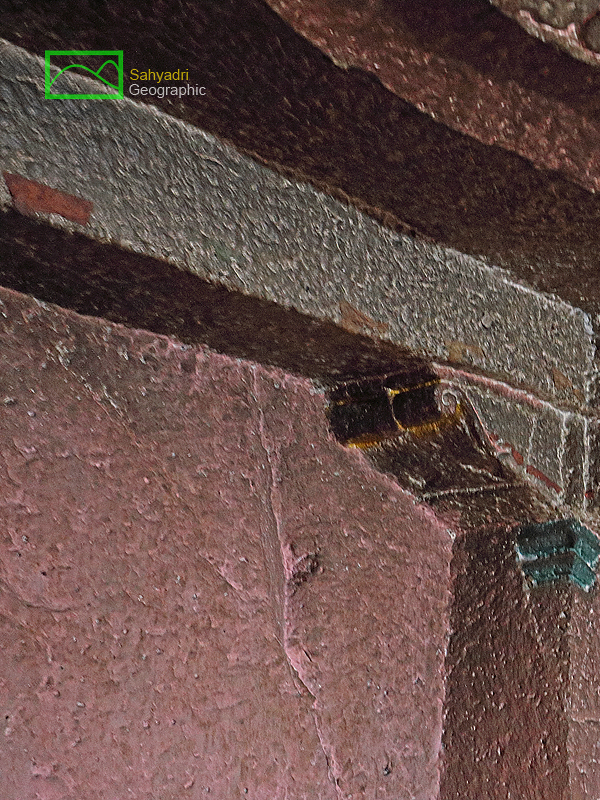  |
| |
| 33. Cave#1, Bhamchandra Caves, Khed Tehsil, Pune district, Maharashtra, India |
| |
|
|
| |
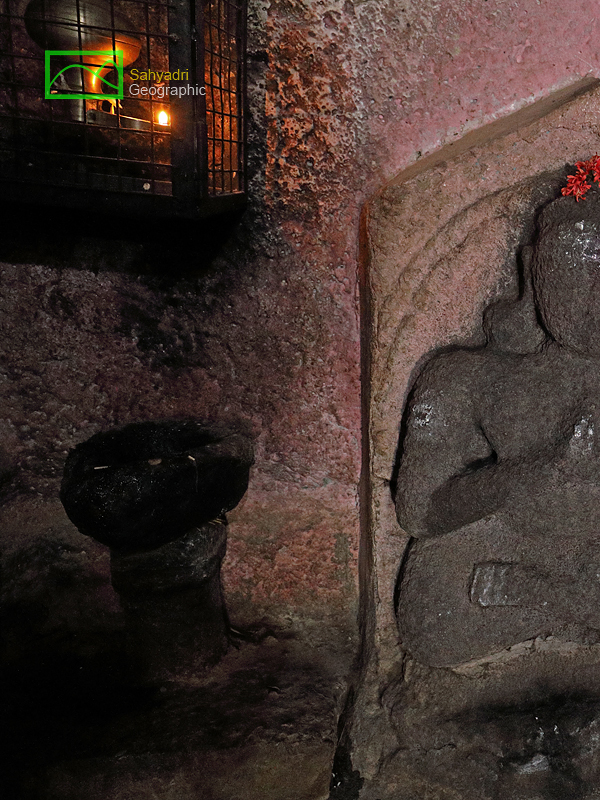 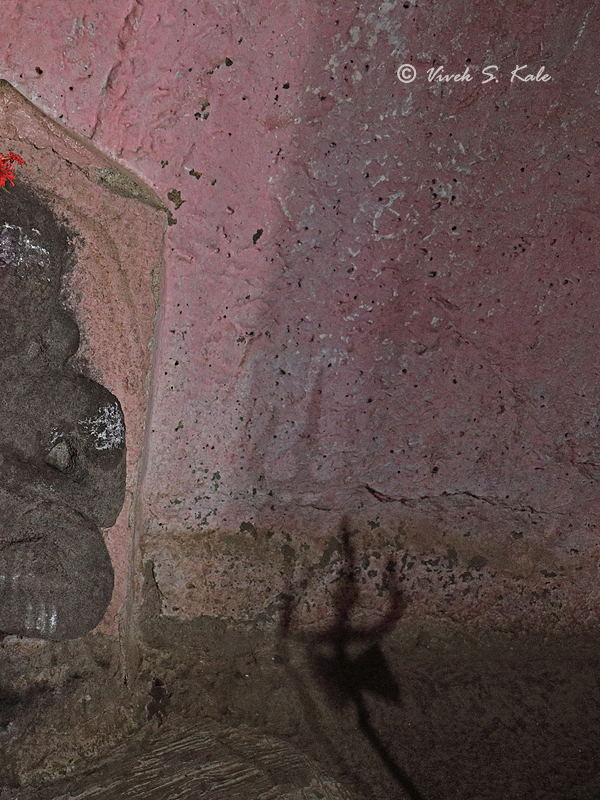 |
| |
| 34. Cave#1, Bhamchandra Caves, Khed Tehsil, Pune district, Maharashtra, India |
| |
|
|
| |
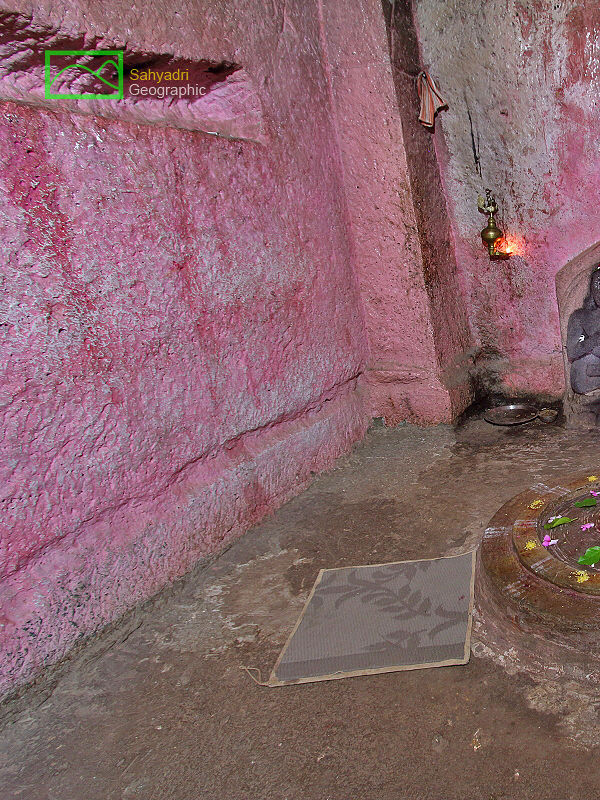 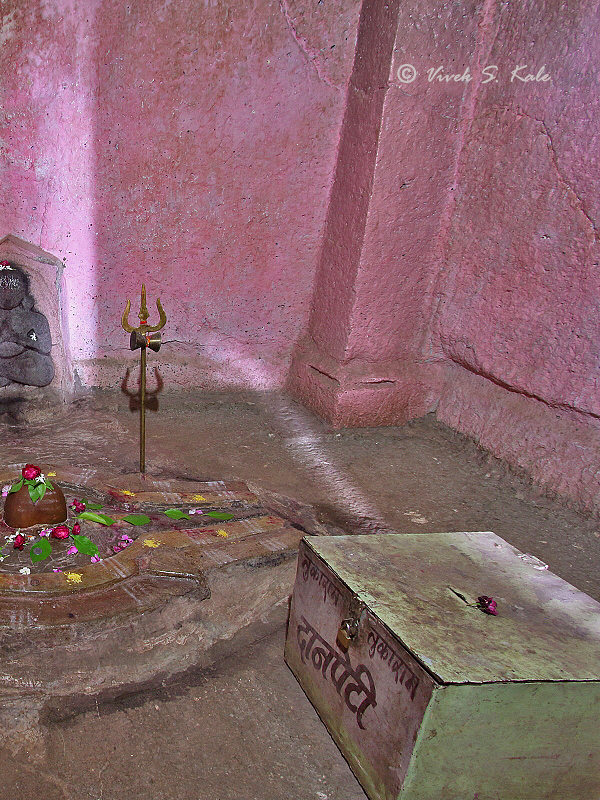 |
| |
| 35. Cave#1, Bhamchandra Caves, Khed Tehsil, Pune district, Maharashtra, India |
| |
|
|
| |
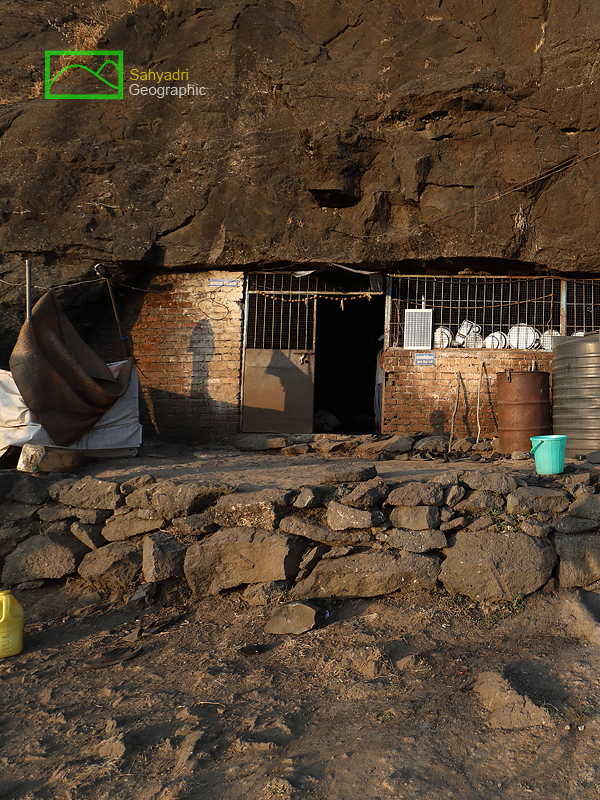 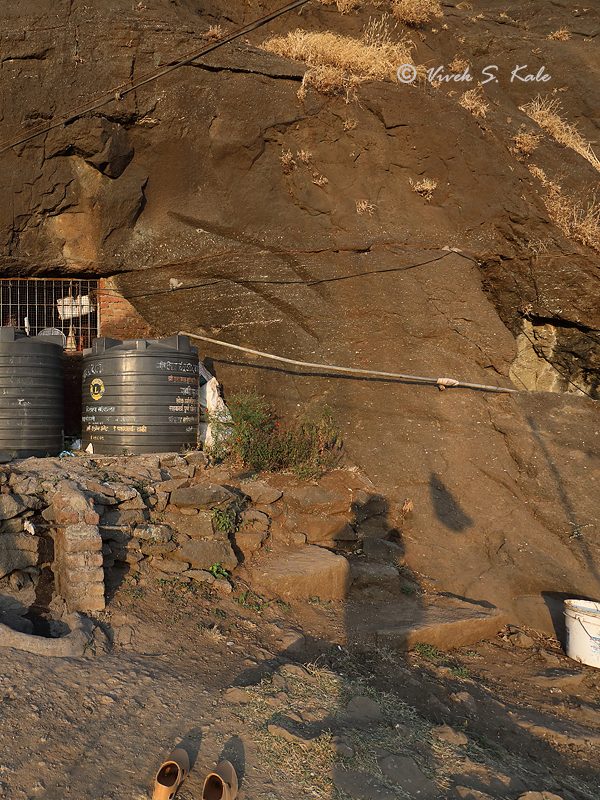 |
| |
| 36. Cave#2, Bhamchandra Caves, Khed Tehsil, Pune district, Maharashtra, India |
| |
|
|
| |
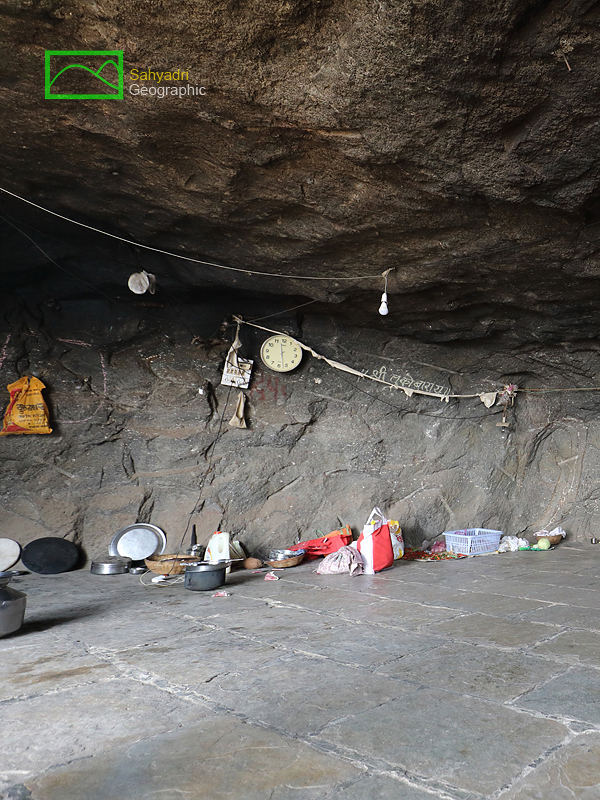  |
| |
| 37. Cave#2, Bhamchandra Caves, Khed Tehsil, Pune district, Maharashtra, India |
| |
|
|
| |
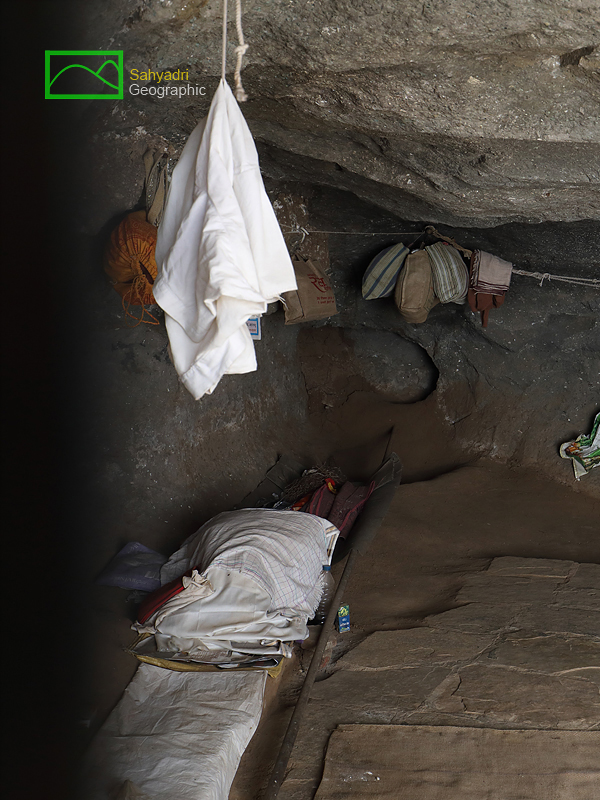 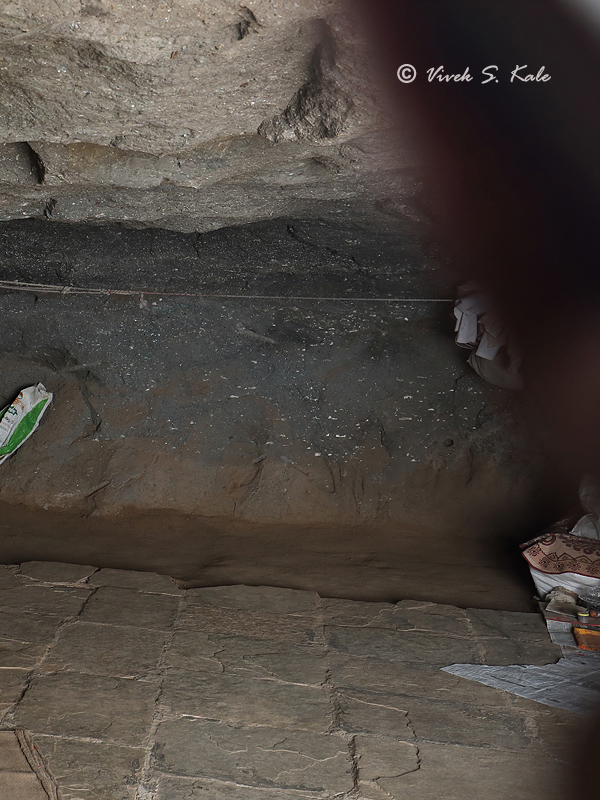 |
| |
| 38. Cave#5, Bhamchandra Caves, Khed Tehsil, Pune district, Maharashtra, India |
| |
|
|
| |
 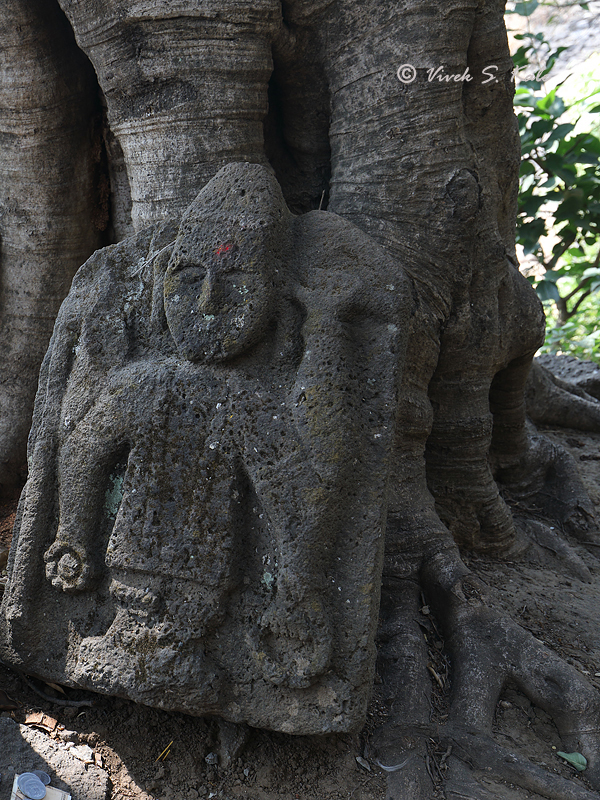 |
| |
| 39. Sculptures, Bhamchandra Caves, Khed Tehsil, Pune district, Maharashtra, India |
| |
|
|
| |
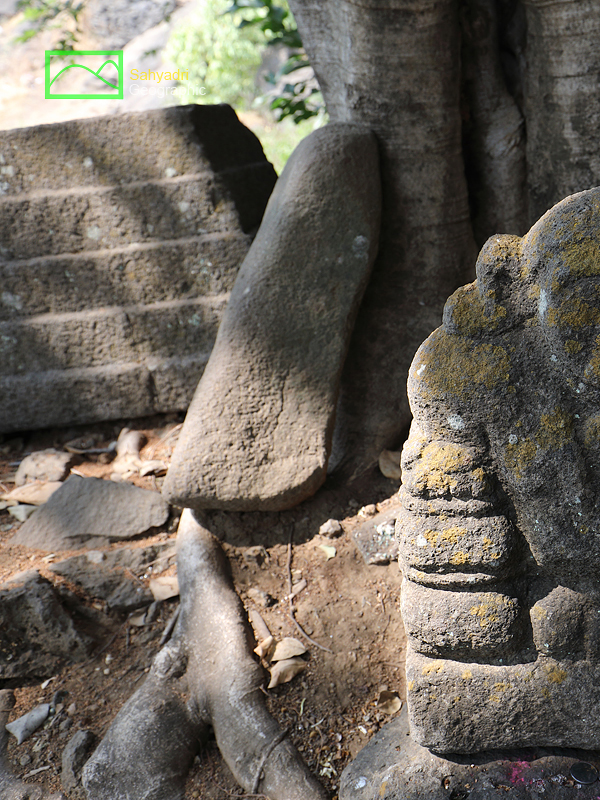 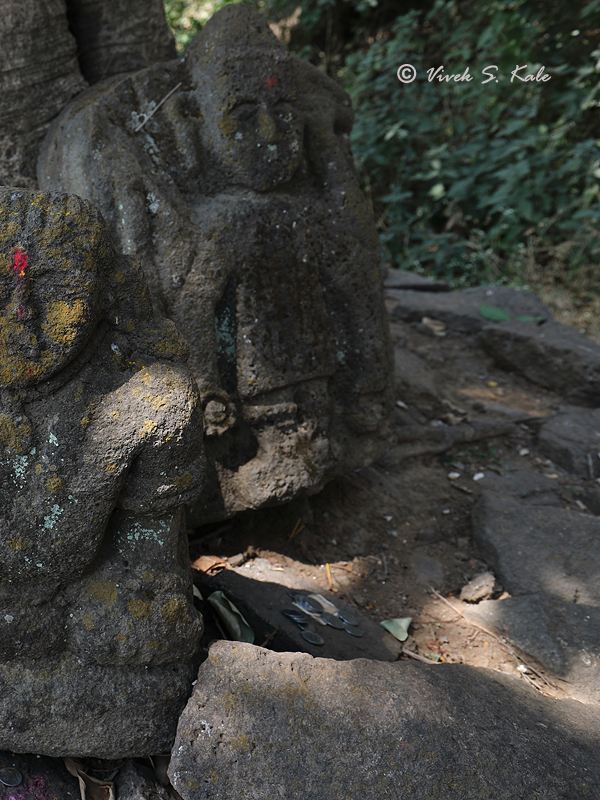 |
| |
| 40. Sculptures, Bhamchandra Caves, Khed Tehsil, Pune district, Maharashtra, India |
| |
|
|
| |
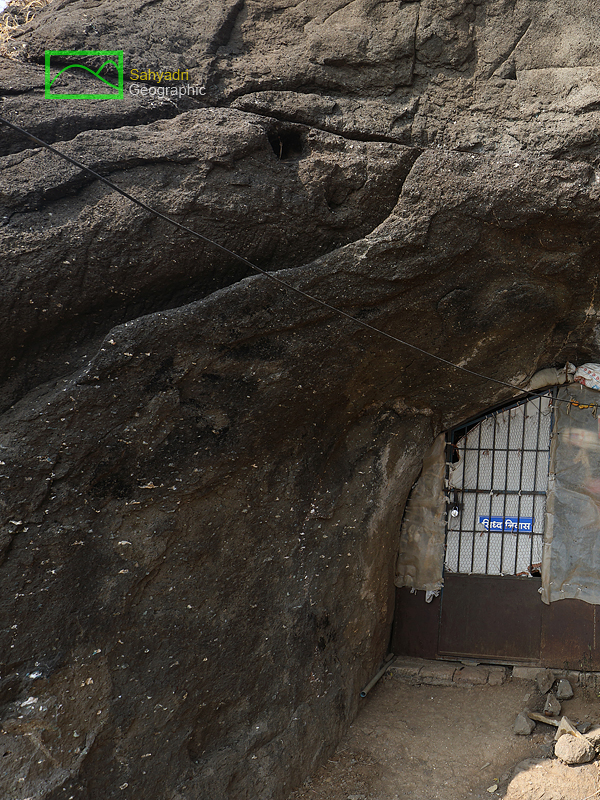  |
| |
| 41. Cave #5, Bhamchandra Caves, Khed Tehsil, Pune district, Maharashtra, India |
| |
|
|
| |
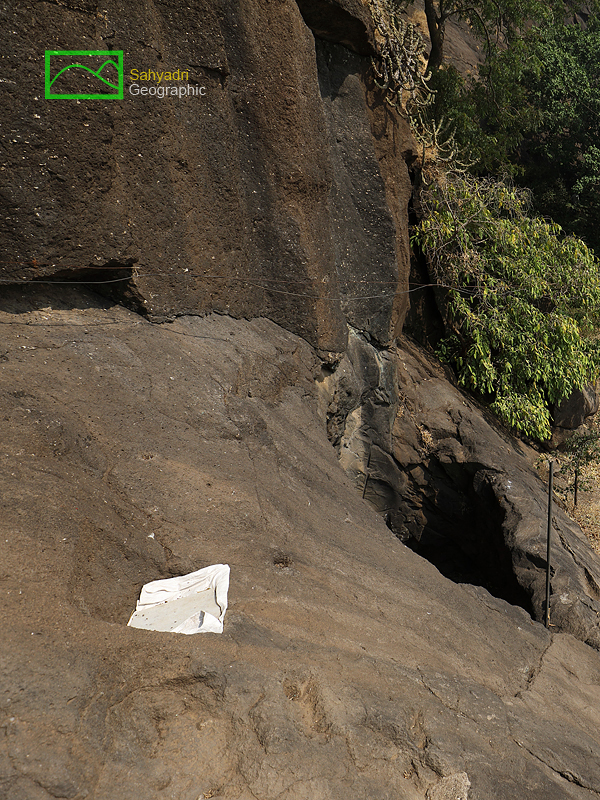 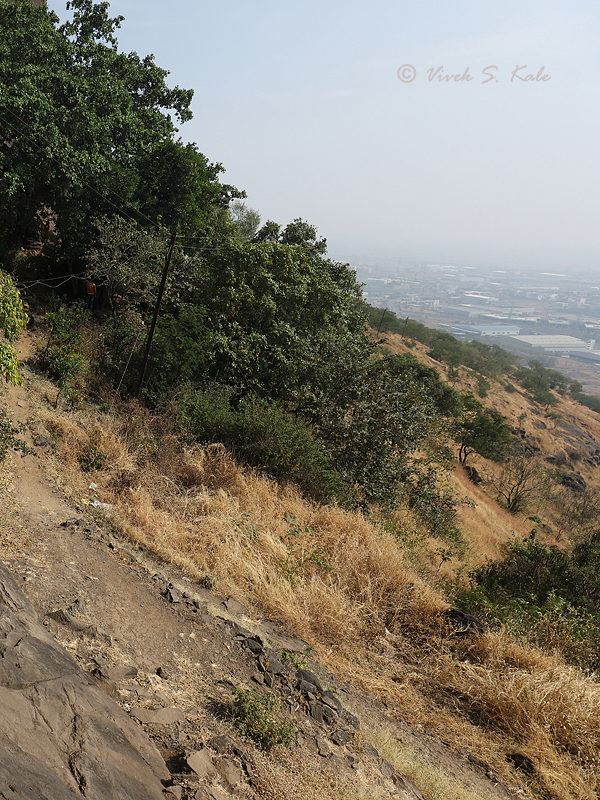 |
| |
| 42. Cistern#4, Bhamchandra Caves, Khed Tehsil, Pune district, Maharashtra, India |
| |
|
|
| |
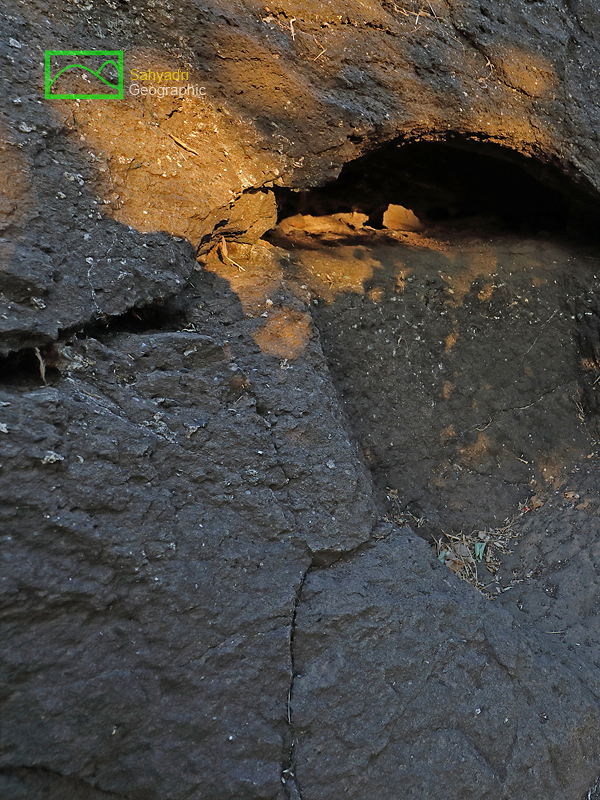  |
| |
| 43. Bench, Bhamchandra Caves, Khed Tehsil, Pune district, Maharashtra, India |
| |
|
|
| |
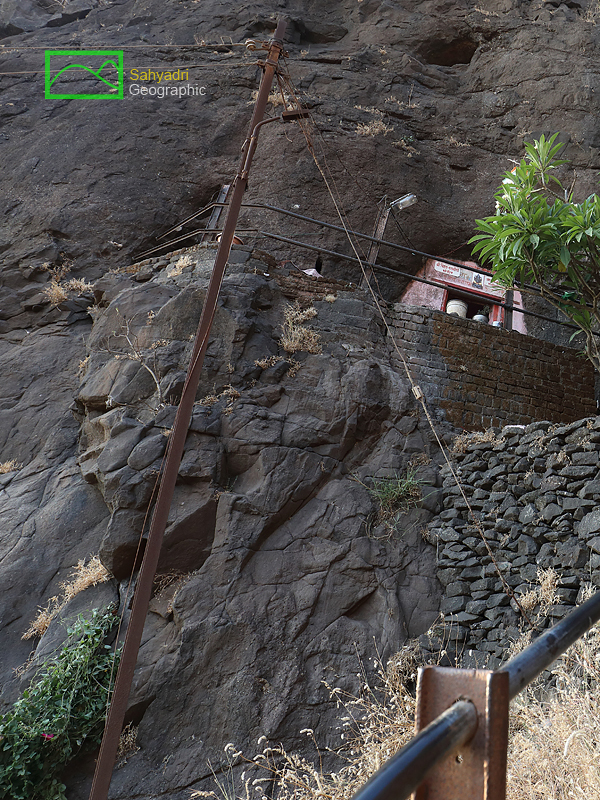  |
| |
| 44. Cave#3, Bhamchandra Caves, Khed Tehsil, Pune district, Maharashtra, India |
| |
|
|
| |
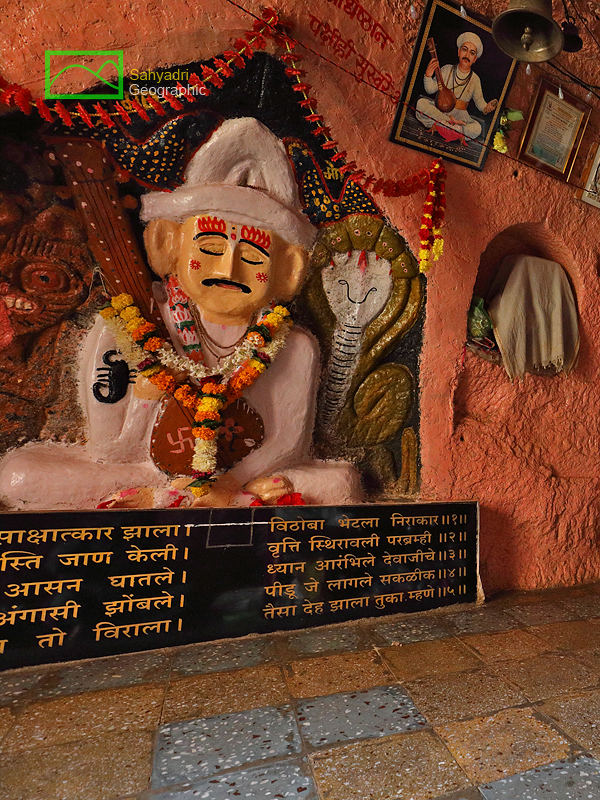 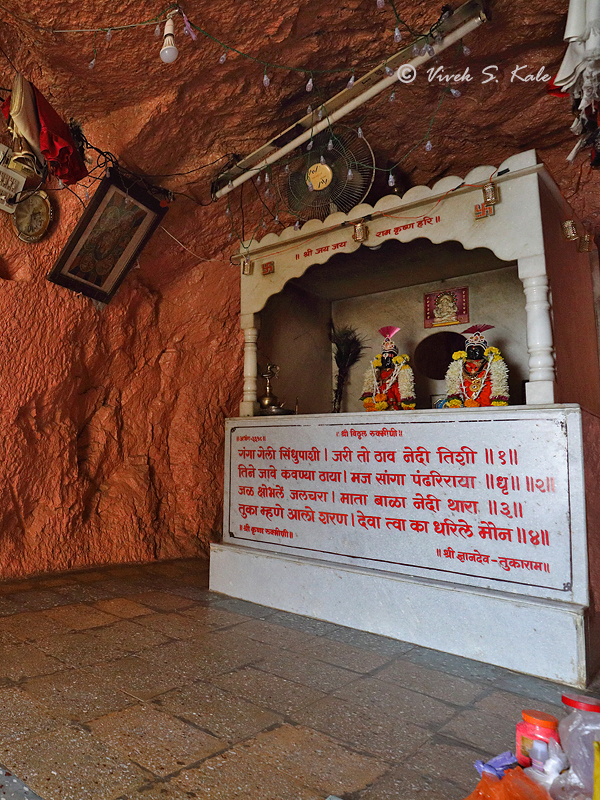 |
| |
| 45. CAVE#3, Bhamchandra Caves, Khed Tehsil, Pune district, Maharashtra, India |
| |
|
|
| |
 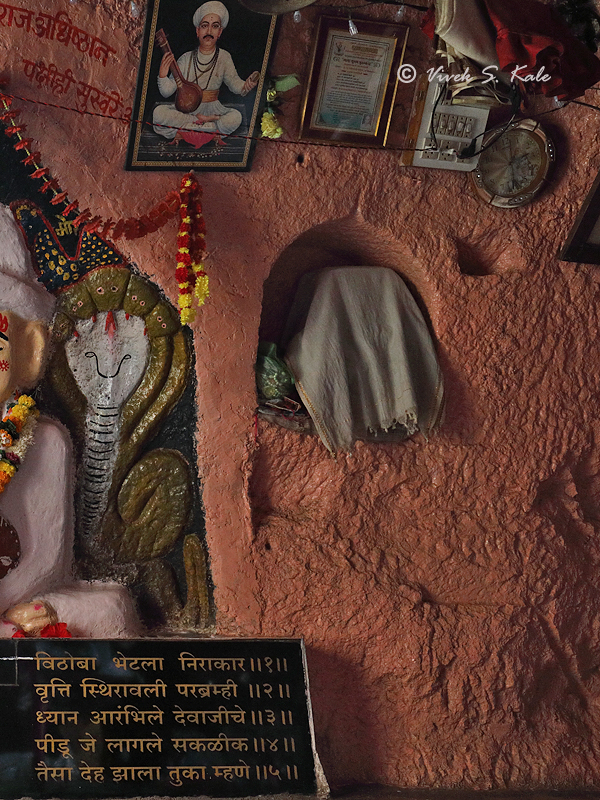 |
| |
| 46. CAVE#3, Bhamchandra Caves, Khed Tehsil, Pune district, Maharashtra, India |
| |
|
|
| |
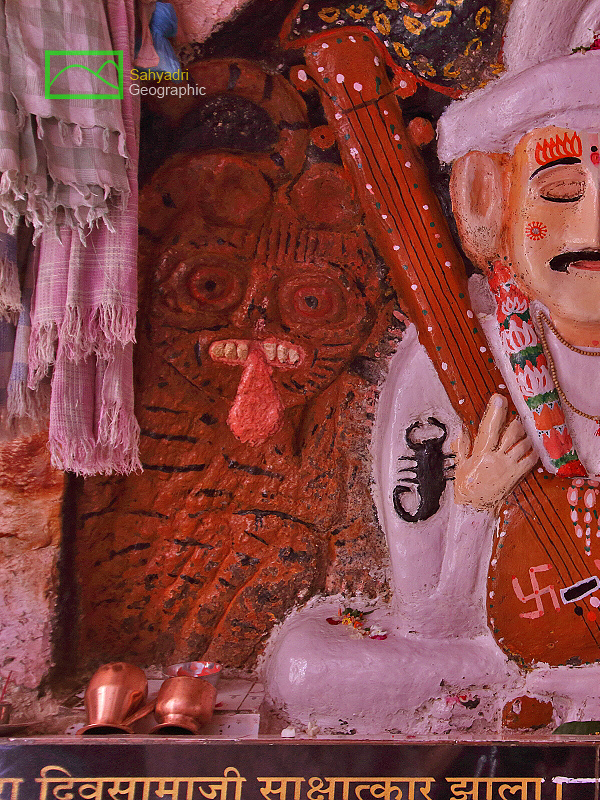 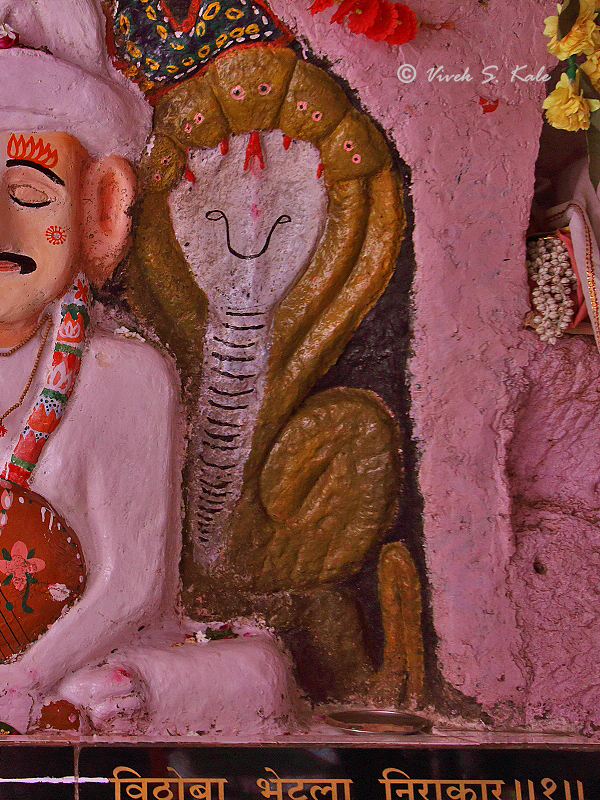 |
| |
| 47. CAVE#3, Bhamchandra Caves, Khed Tehsil, Pune district, Maharashtra, India |
| |
|
|
| |
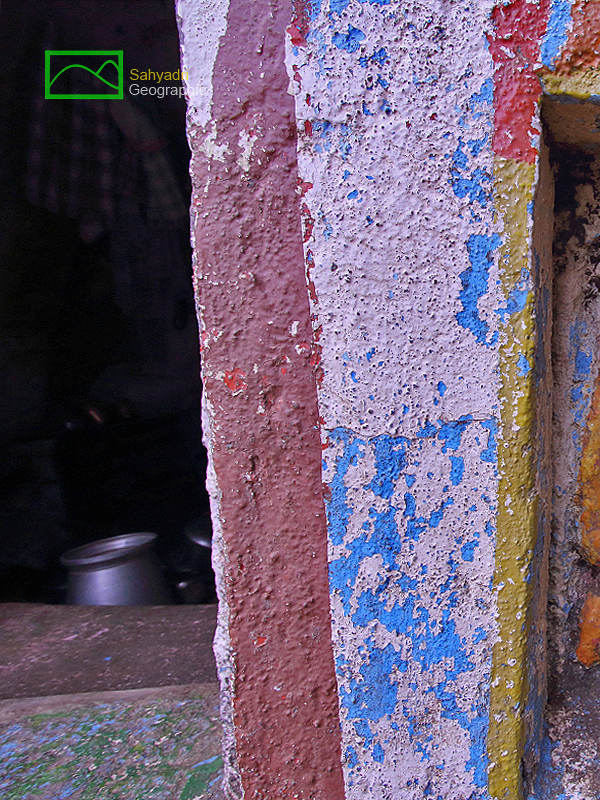  |
| |
| 48. CAVE#3, Bhamchandra Caves, Khed Tehsil, Pune district, Maharashtra, India |
| |
|
|
| |
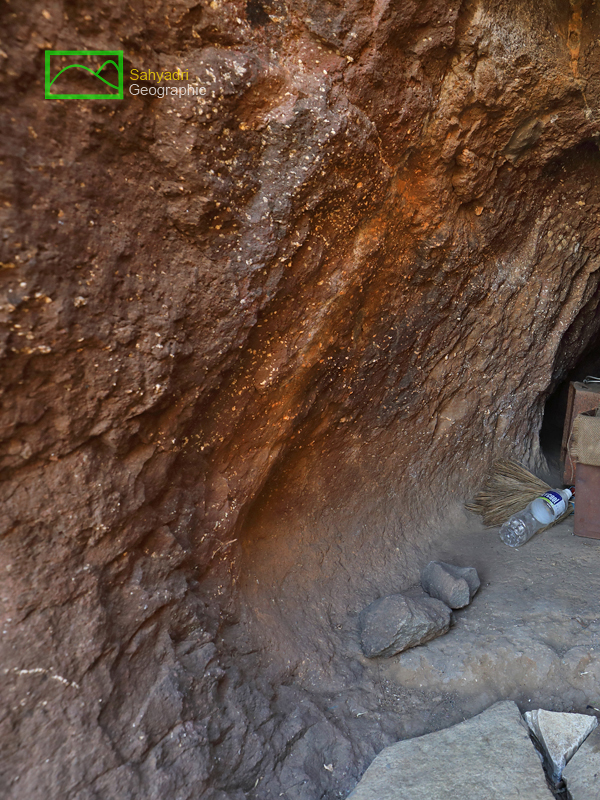 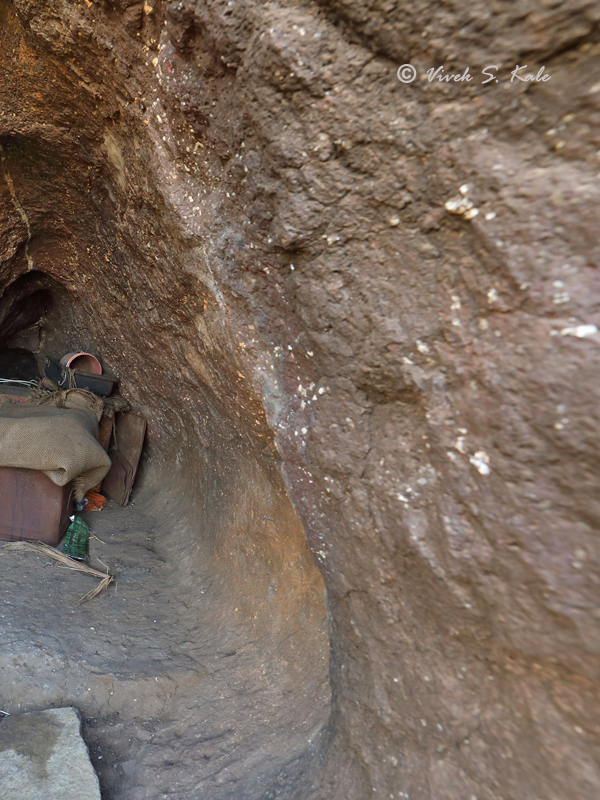 |
| |
| 49. Cave#4, Bhamchandra Caves, Khed Tehsil, Pune district, Maharashtra, India |
| |
|
|
| |
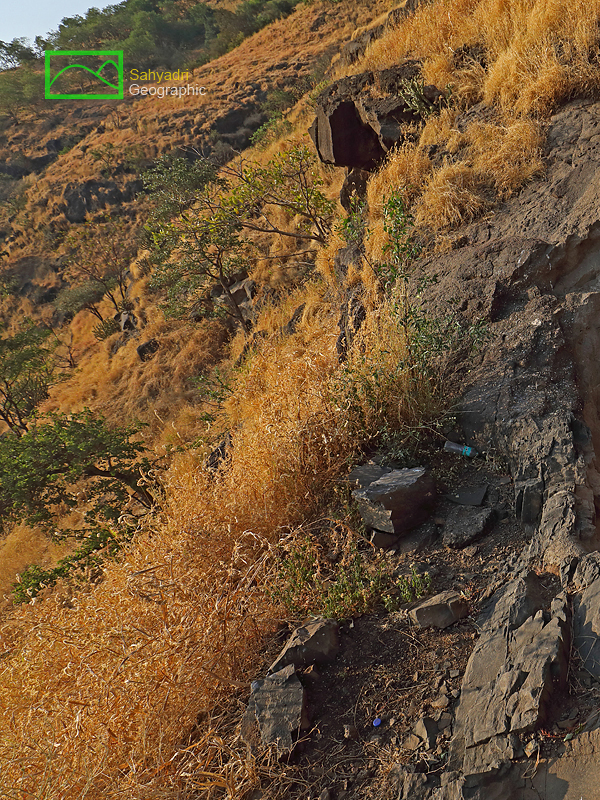  |
| |
| 50. Cave#6, Bhamchandra Caves, Khed Tehsil, Pune district, Maharashtra, India |
| |
|
|
| |
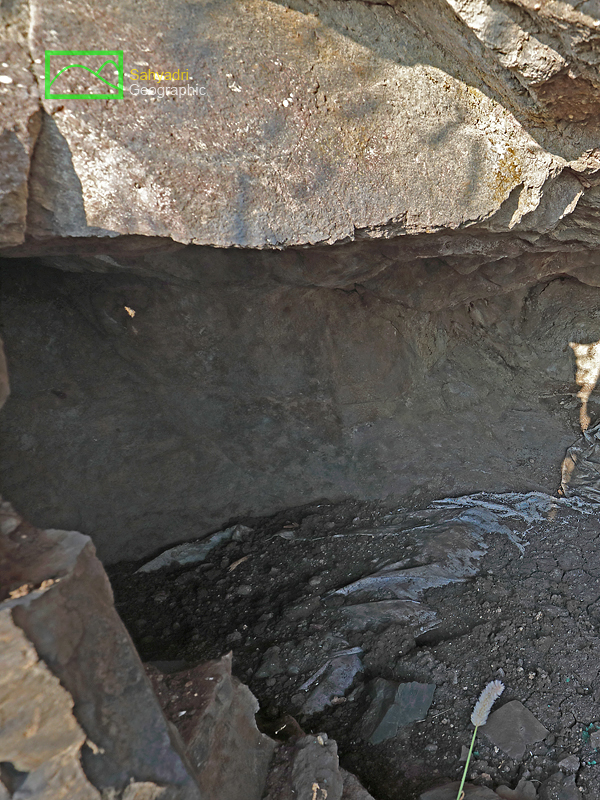 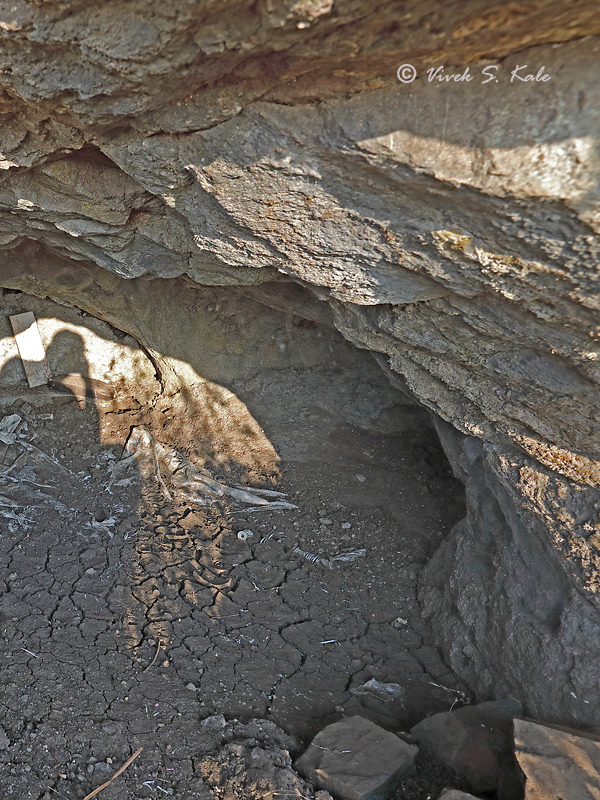 |
| |
| 51. Cave#6, Bhamchandra Caves, Khed Tehsil, Pune district, Maharashtra, India |
| |
|
|
| |
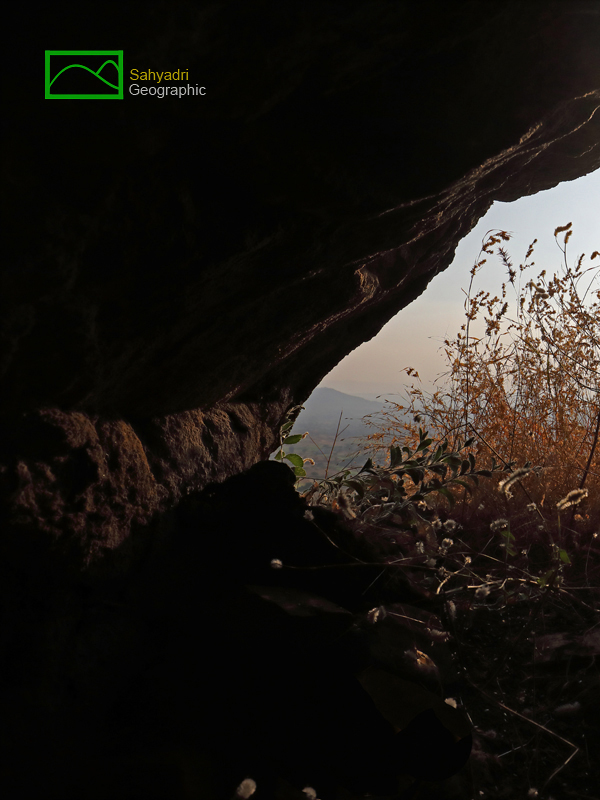  |
| |
| 52. Cave#6, Bhamchandra Caves, Khed Tehsil, Pune district, Maharashtra, India |
| |
|
|
| |
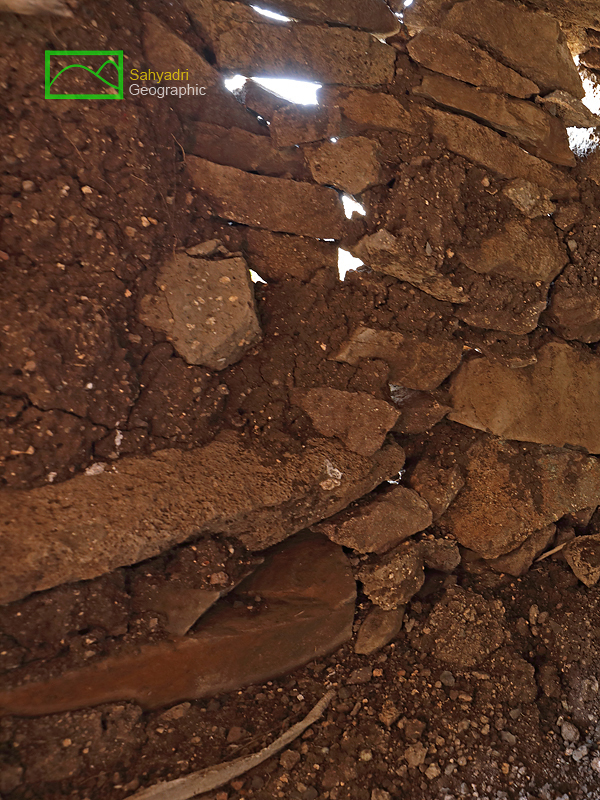 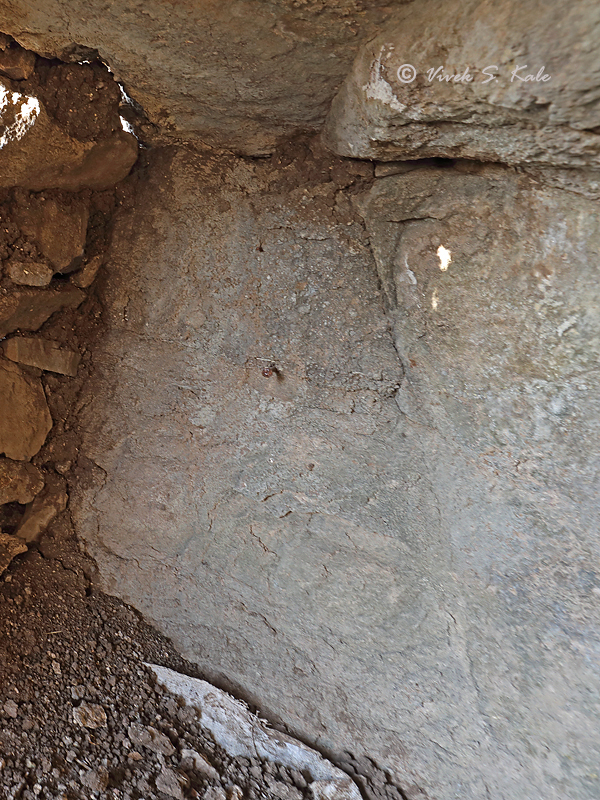 |
| |
| 53. Cave#6, Bhamchandra Caves, Khed Tehsil, Pune district, Maharashtra, India |
| |
|
|
| |
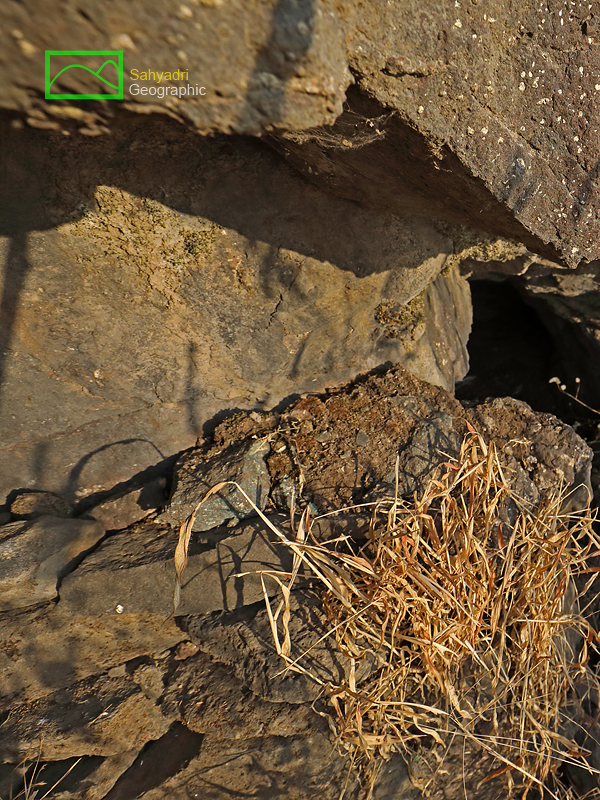  |
| |
| 54. Cave#6, Bhamchandra Caves, Khed Tehsil, Pune district, Maharashtra, India |
| |
|
|
| |
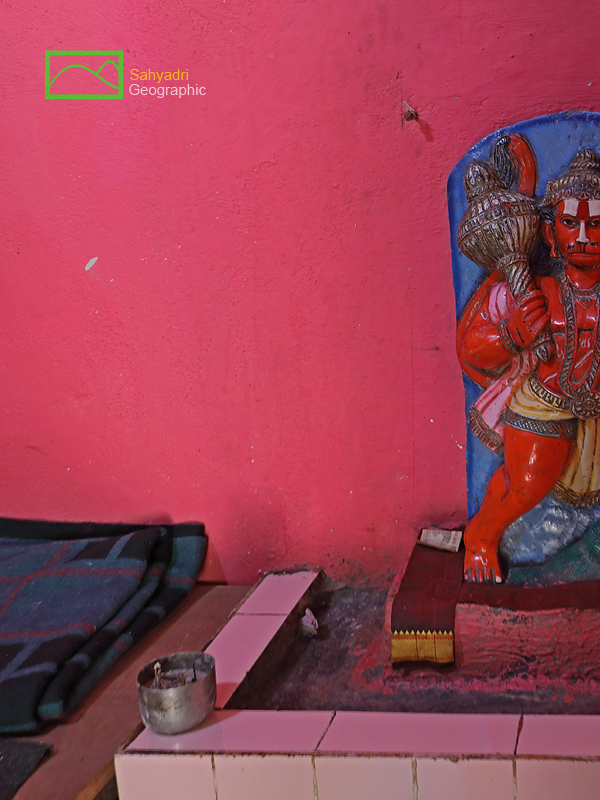  |
| |
| 55. Hanuman Temple, Bhamchandra Caves, Khed Tehsil, Pune district, Maharashtra, India |
| |
|
|
| |
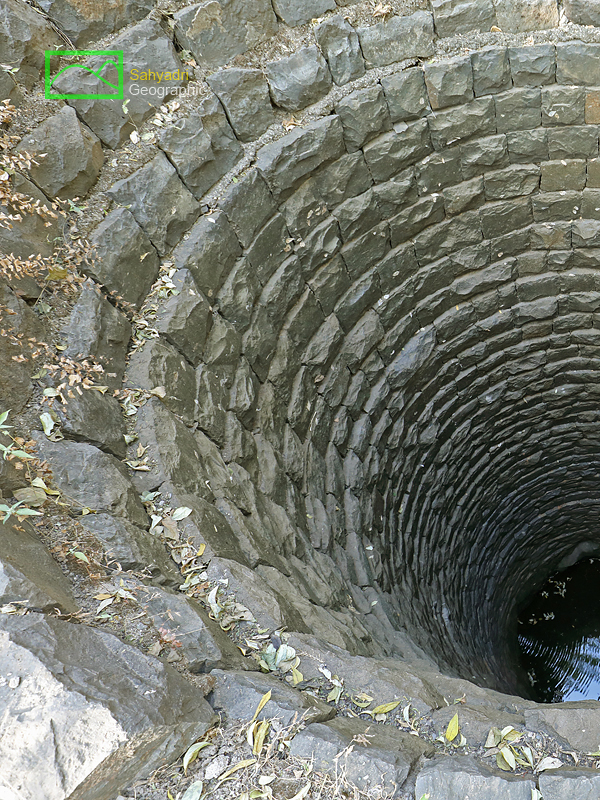 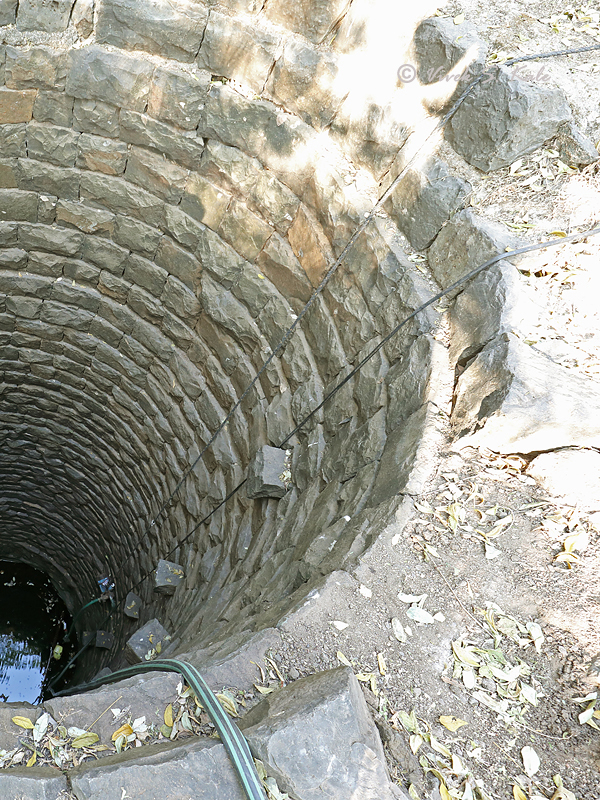 |
| |
| 56. Well built by Rokdoba, Bhamchandra Caves, Khed Tehsil, Pune district, Maharashtra, India |
| |
|
|
| |
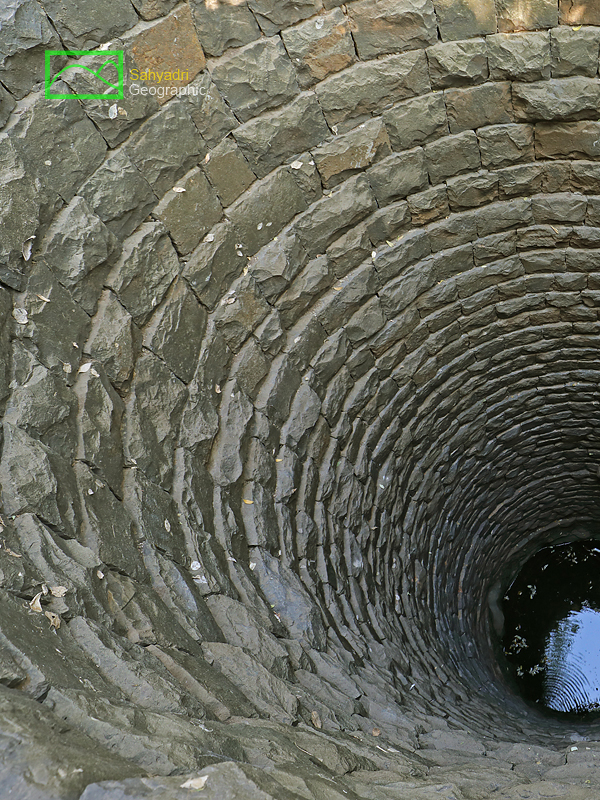 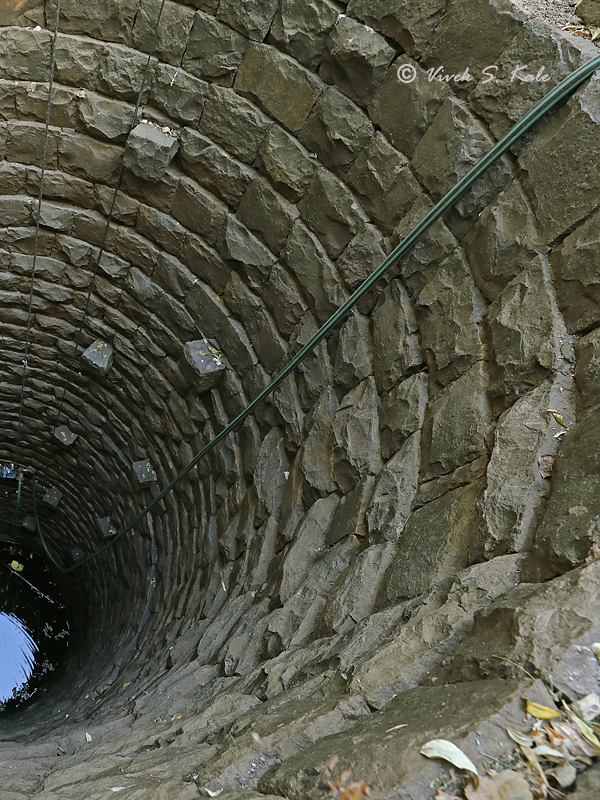 |
| |
| 57. Well built by Rokdoba, Bhamchandra Caves, Khed Tehsil, Pune district, Maharashtra, India |
| |
|
|
| |
  |
| |
| 58. Heritage Vs Industrialisation, Bhamchandra Caves, Khed Tehsil, Pune district, Maharashtra, India |
| |
|
|
| |
 |
| |
|
|
References :
1. Cave temples of India, London, 1880, Fergusson James and Burgess James.
2. Gazetters of Bombay Presidency, Poona District, Volume XVIII, 1885.
3. Buddhist architecture of western India, 1981, S. Nagraju.
4. Myth and Reality, Studies in the Formation of Indian Culture
by D. D. Kosambi
5. History and Society, Problems of Interpretation, by D. D. Kosambi
|
| |
|
|
| |
|
























































































































